Best bone conduction headphones 2025 — Our top picks for every budget
From swim-friendly headbands to pocket-sized earbuds, these are the best bone conduction headphones we recommend ahead of Black Friday.

Bone conduction headphones have an open-ear design, allowing you to remain aware of your surroundings. While unconventional, this design tweak has some tangible benefits. For example, bone conduction headphones can keep runners and hikers alert to oncoming traffic and other people on the trail. They are also a preferable choice for people with certain types of hearing loss, ear canal issues and those prone to ear infections. The waterproof models, on the other hand, can help swimmers hear sounds underwater. Put simply, bone conduction headphones do everything that even some of the best 'regular' running headphones can't do.
That said, they may not suit everyone. Bone conduction headphones transmit sound through vibrations on the bones of the skull, bypassing the eardrum and directly stimulating the inner ear. As a result, they will not be able to produce the same audio quality or offer the same degree of noise cancellation as in-ear or over-ear headphones, Shruthi Raghavendra Ph.D., a cognitive neuroscience researcher specializing in hearing aids and consumer audio systems, told Live Science. If you want to know about the pros and cons of bone conduction headphones, scroll down to the FAQs section. Not sure where to start? Go to the How to Choose section for more buying advice.
Here are the six best bone conduction headphones we recommend ahead of Black Friday, from premium headbands designed for swimmers to budget-friendly picks. Some of these products we tried and tested ourselves, while others are highlighted due to their superior specifications and positive user feedback.
The quick list
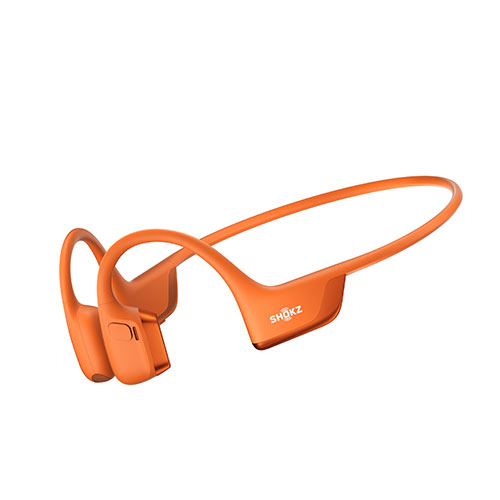
Best overall
The flagship Shokz headphones deliver the best combination of comfort, sound quality and battery life. However, they are quite expensive.
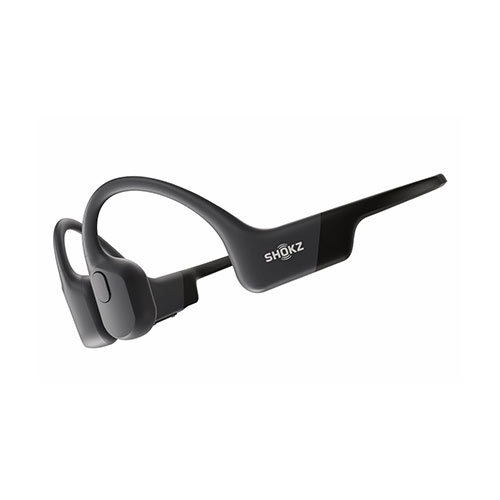
Best value
With their comfortable fit and good sound quality, these mid-range Shokz headphones are a great alternative to the pricier Open Run Pro 2.
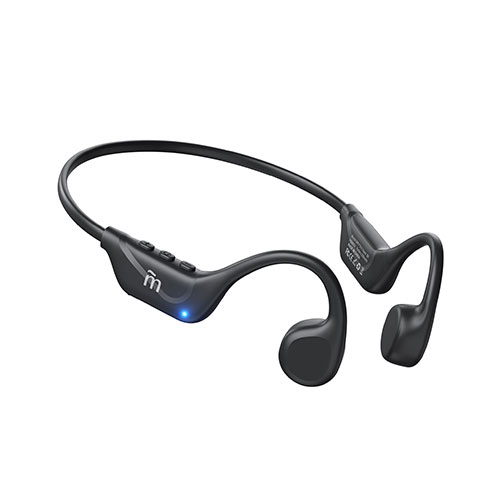
Best on a budget
These headphones impressed us with a strong Bluetooth connection, quality design and 10 hours of battery life — and they often cost less than $35.

Best for runners
The Suunto Wing 2 headphones outshine the competitors with a sleek and durable build, long battery life and unique runner-friendly smart features.
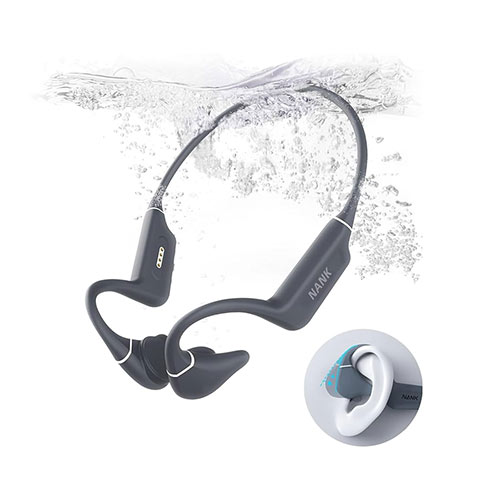
Best for swimming
These highly adjustable, fully dust- and waterproof headphones are an excellent choice for outdoor swimmers and triathletes.

Best all-rounder
Waterproof, secure-fitting and comfortable to wear, the H20 Audio Tri 2 Pro headphones are an excellent pick for triathletes and other outdoor athletes.
Load the next 3 products ↴
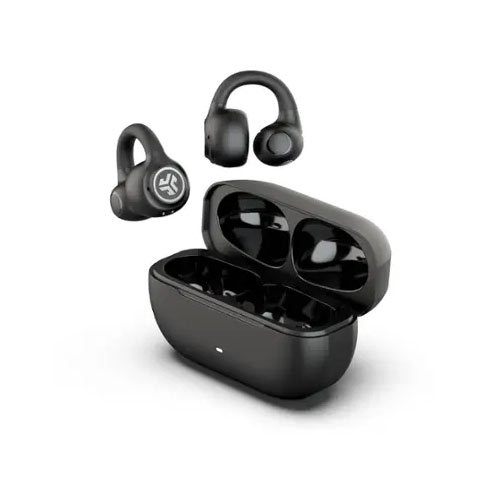
Best for portability
Looking for something smaller? These budget-friendly cuff-ear earbuds are a great alternative to bulky headbands.

Best for comfort
These tiny, feather-light earbuds are a great pick for those sensitive to ear pressure, and they sound great, too.
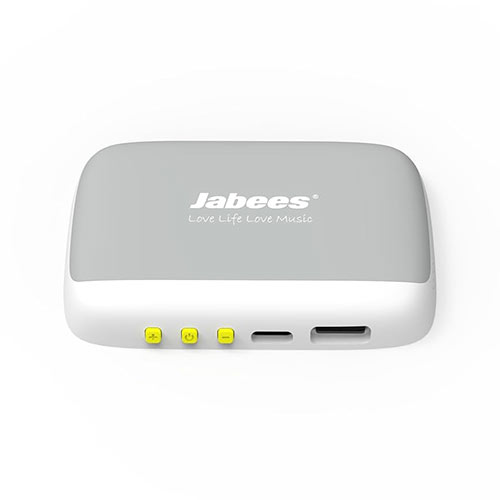
Best for sleep
This under-pillow bone conduction speaker will help you drift off to sleep without aggravating your ears or disturbing others around you.
The best bone conduction headphones we recommend in 2025
Why you can trust Live Science
The best bone conduction headphones overall
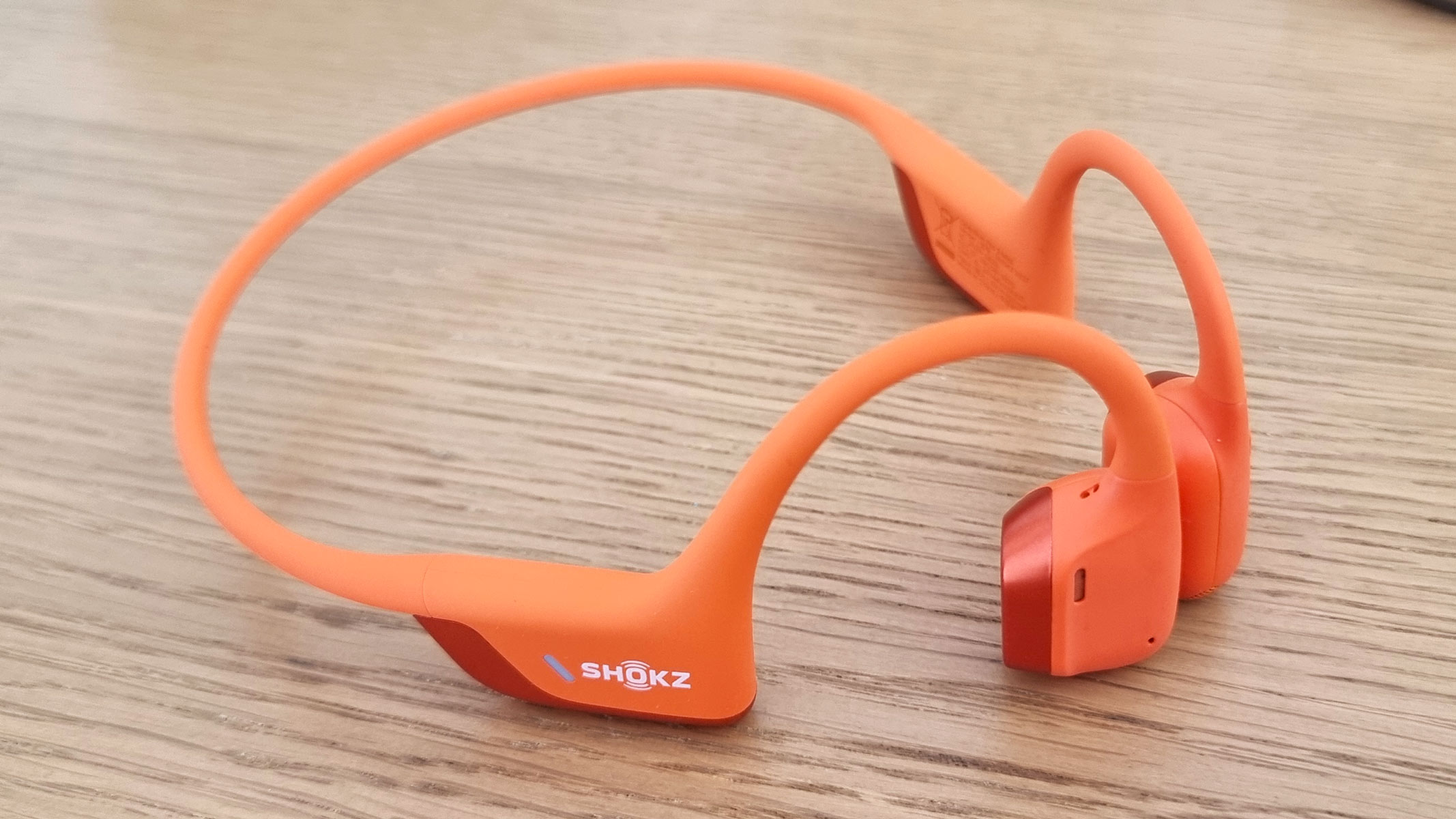
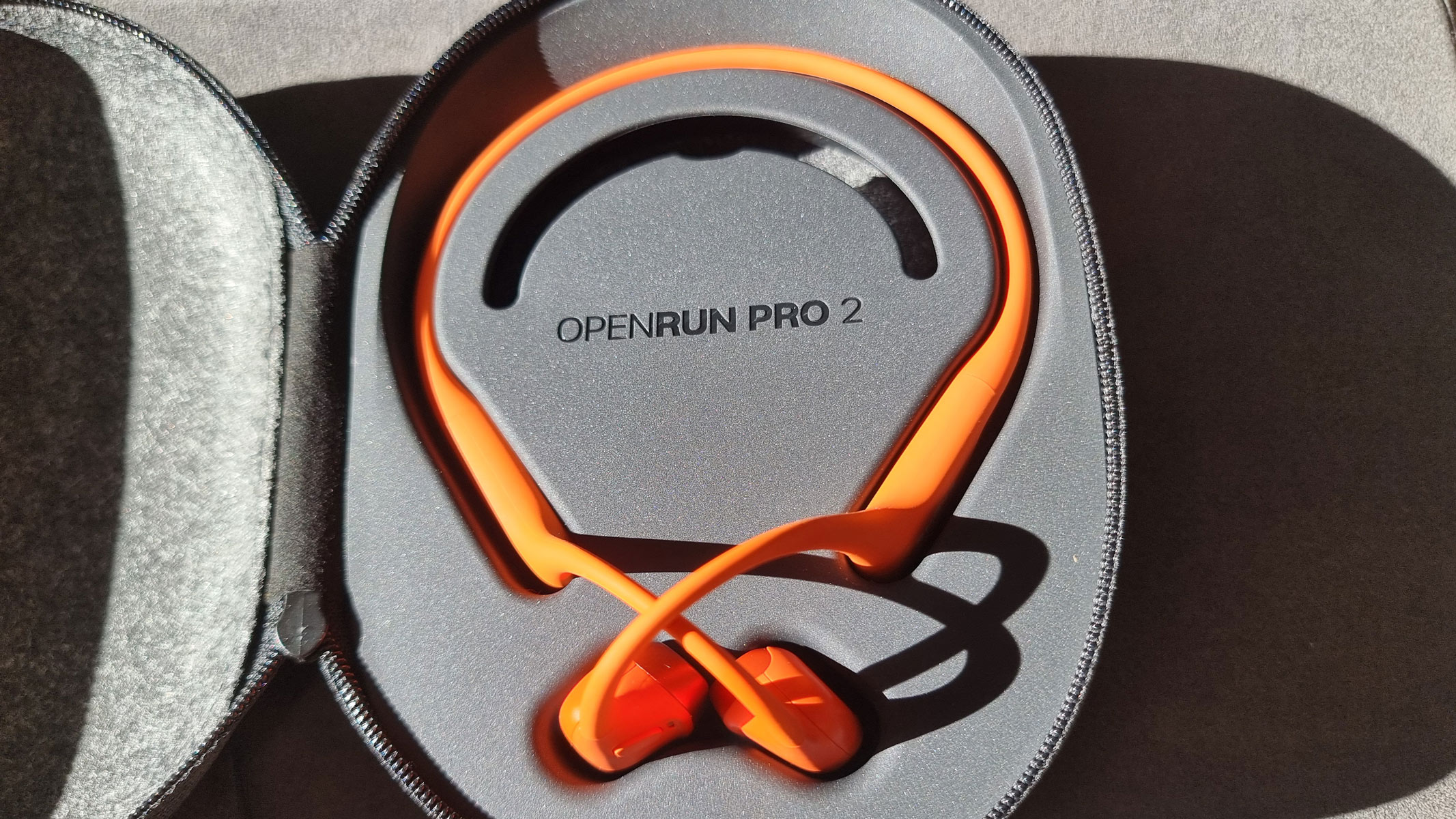
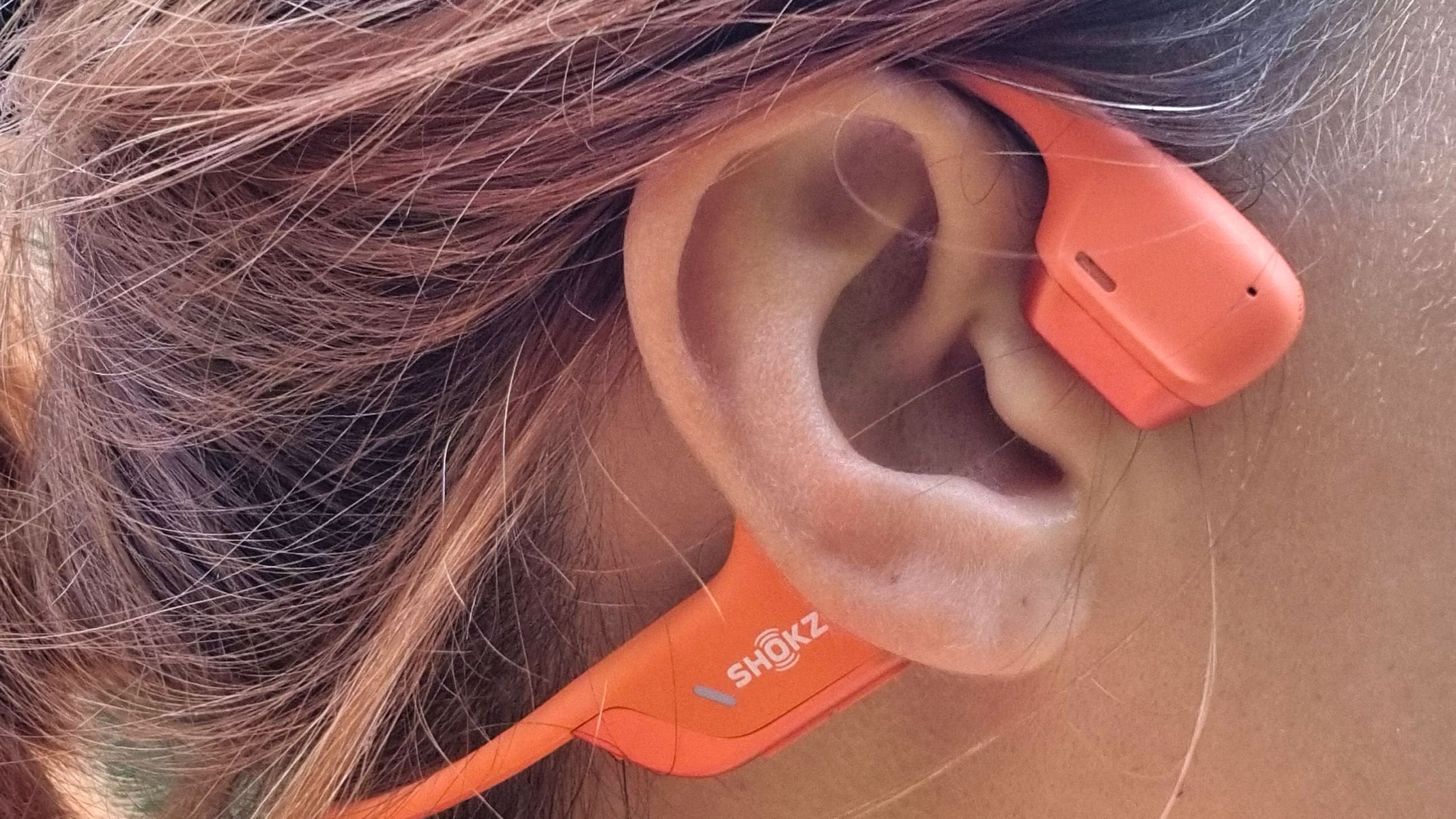
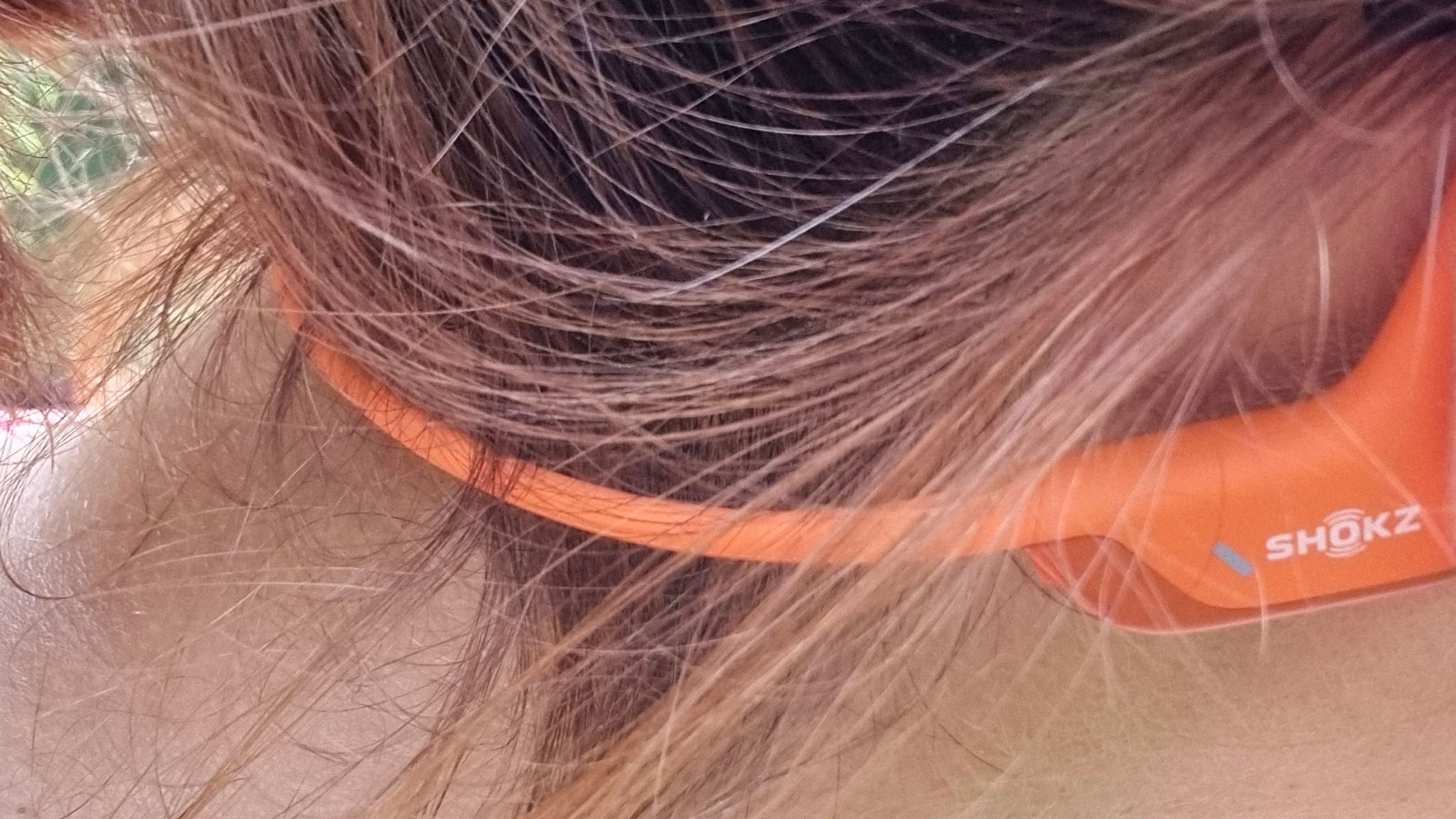
Shokz OpenRun Pro 2
Our expert review:
Specifications
Reasons to buy
Reasons to avoid
✅ You prioritize sound quality: They are one of the best-sounding bone conduction headphones we tested.
✅ You are a runner, hiker or cyclist: Comfortable and secure-fitting, they are our go-to choice for outdoor activities.
✅ You want extensive customization: They come in two band sizes and three colors, and feature six sound equalizer modes.
❌ You are on a budget: They cost nearly $180 and are rarely on sale.
❌ You are a swimmer or triathlete: While sweatproof, these headphones can't be submerged underwater.
🔎 Shokz OpenRun Pro 2: The flagship Shokz headphones hit the sweet spot with good sound quality, ultra-comfortable fit and long battery life. True, they are relatively expensive and lack a high IP rating, but they make up for these shortcomings with an excellent user experience. ★★★★½
The Shokz OpenRun Pro 2 are our firm favorite and a go-to option for hikes, runs and many other outdoor activities. These bone conduction headphones delivered the best combination of comfort, sound quality and battery life of all the models we tested. We also liked their extensive customization. The Shokz OpenRun Pro 2 comes in two band sizes and three colors, and they feature six sound equalizer modes. As such, they can fit a wider range of people than nearly every other option in this guide, and have some of the most extensive sound settings of all the bone conduction headphones on the market. True, the Shokz OpenRun Pro 2 are relatively expensive (they cost nearly $180 and are rarely on sale), but they offer excellent value for money for most people.
Specs-wise, the Shokz OpenRun Pro 2 are quite unusual — they use DualPitch Technology, meaning they combine bone conduction with a dedicated air conduction speaker. This design tweak adds depth and clarity to the projected audio, making these headphones sound notably better than the headsets that use only bone conduction (such as the more affordable Shokz OpenRun [internal link], for example). This dual technology also helps reduce the vibrations that pass through the skull bones. We have worn our Shokz OpenRun Pro 2 on multiple day-long trips in the great outdoors and never experienced any discomfort or tension headaches.
Speaking of outdoor activities, these headphones are also very workout-friendly. The Shokz OpenRun Pro 2 stayed firmly in place during our hikes and runs, even when worn alongside sunglasses and hats, and its soft silicone finish did not irritate the skin, even during the most sweat-inducing exercises. That said, the wraparound headband may not suit people with certain hairstyles or clothing types.
On the downside, these headphones are not suitable for any water-based activities. The Shokz OpenRun Pro 2 are only IP55 rated, meaning they can withstand splashes of water and light rain, but not a full submersion underwater. If you are a swimmer or triathlete, consider the excellent Nank Runner Diver 2 Pro instead.
Attributes | Notes | Rating |
|---|---|---|
Design | Comfortable to wear and highly customizable, but not too waterproof. | ★★★★ |
Performance | Great sound quality and long battery life. | ★★★★★ |
Functionality | Useful, feature-packed app. | ★★★★½ |
Best value bone conduction headphones
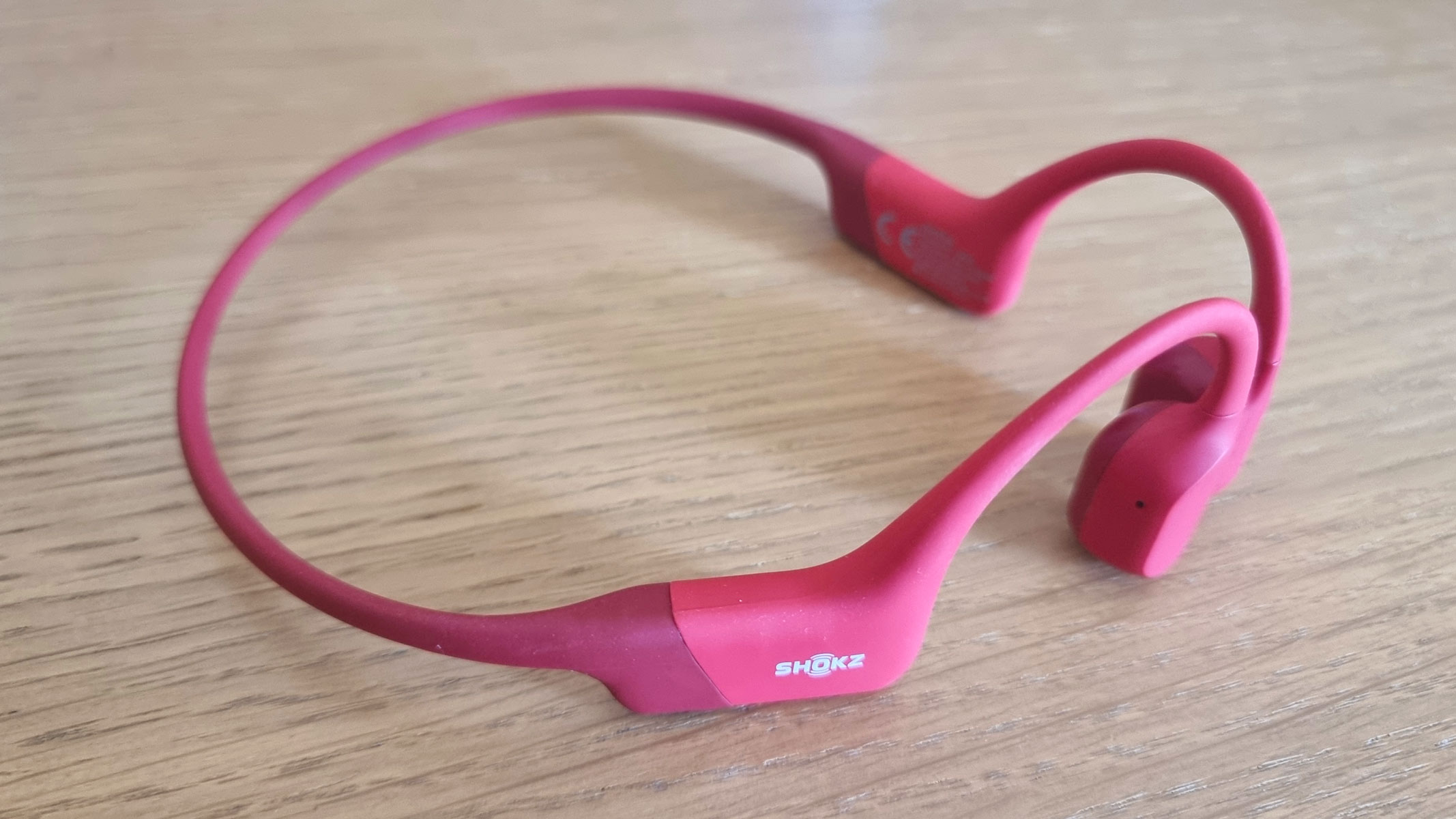

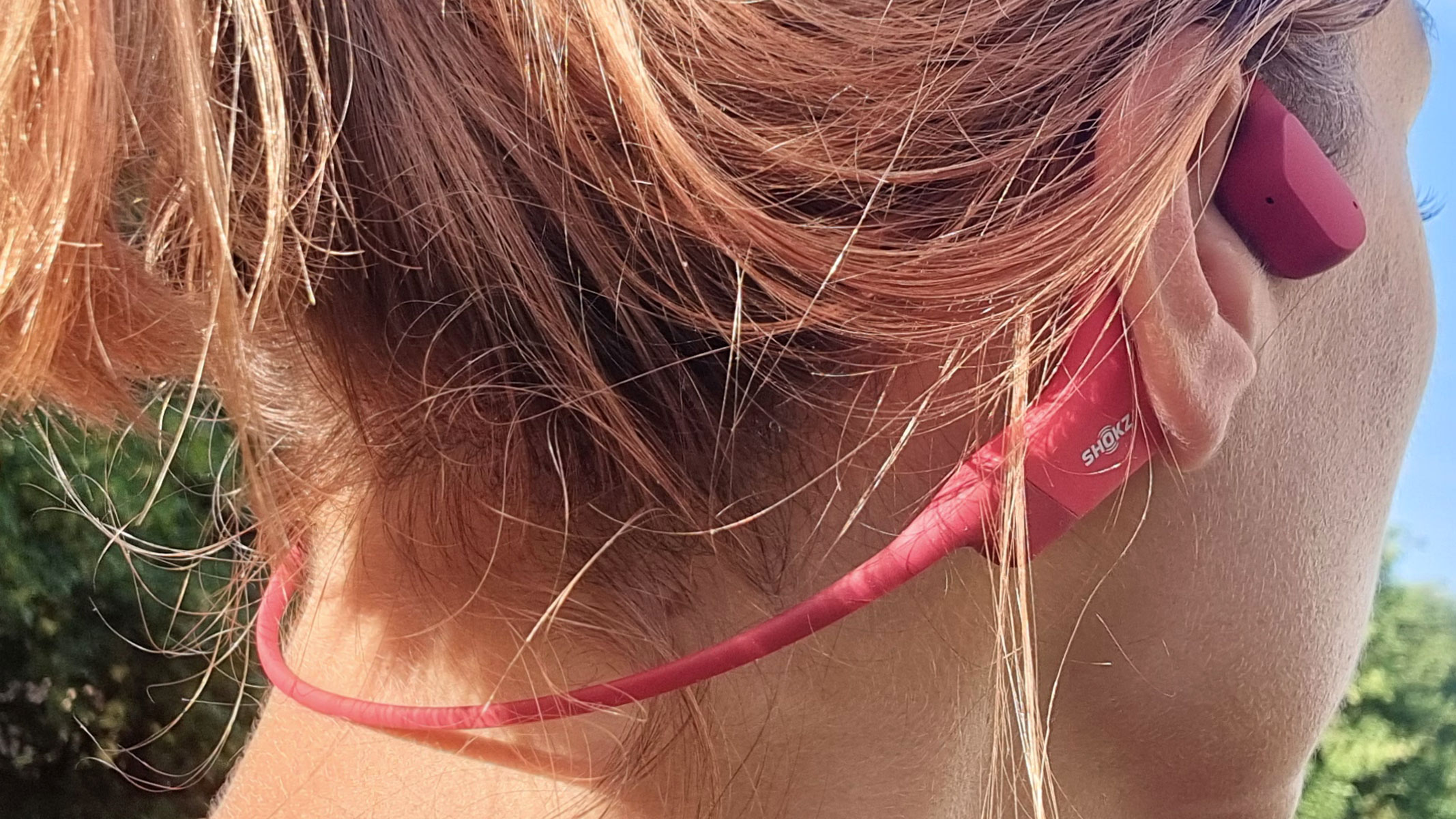
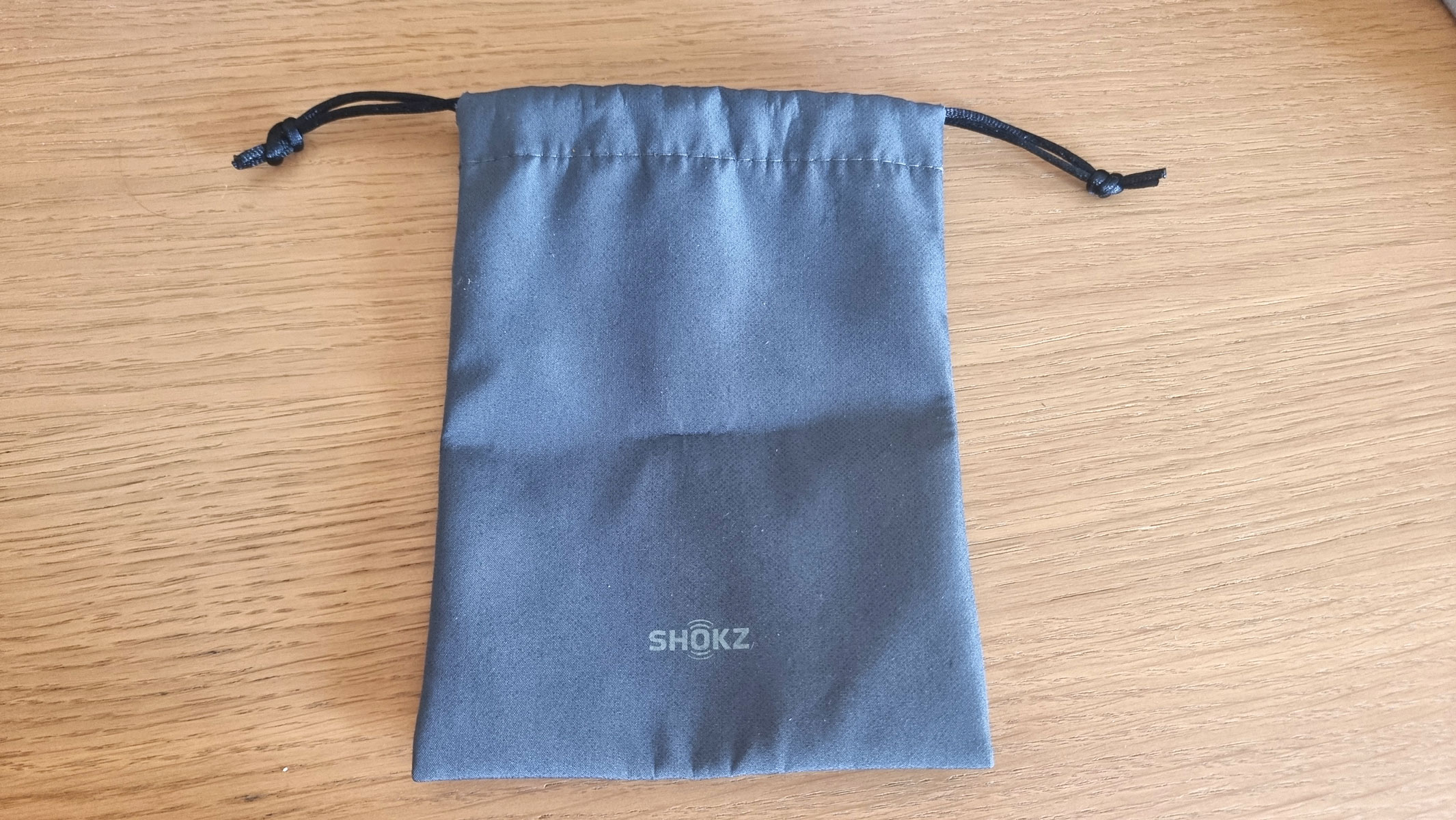
Shokz OpenRun
Our expert review:
Specifications
Reasons to buy
Reasons to avoid
✅ You want a perfect fit: They are available in two band sizes and four colors.
✅ You are a runner, hiker or cyclist: Sweatproof and secure-fitting, they are suitable for a wide range of outdoor activities.
✅ You want good value for money: They strike a great balance between price and quality.
❌ You need long battery life: They last eight hours on a single charge, the least of all the models mentioned in this guide.
❌ You are a swimmer or triathlete: They are not suitable for pool and open-water swimming.
❌ You like to customize your sound: Unlike the OpenRun Pro 2, these headphones are not supported by the Shokz app and its audio equalizer modes.
🔎 Shokz OpenRun: One of the best-value bone conduction headphones on the market, the Shokz OpenRun offer robust customization, good sound quality and a comfortable, secure fit, all for less than $130. ★★★★
We are big fans of the Shokz OpenRun Pro 2, but it is hard to deny that they will not suit everyone's budget. If you do not want to spend nearly $180 on these premium headphones, consider the Shokz OpenRun instead — they are around $50 cheaper, but they still deliver excellent value for money.
These bone conduction headphones look and feel very similar to the Shokz OpenRun Pro 2. They are slightly lighter — they weigh 0.91 oz (26g) as opposed to 1.06 oz (30.3g) — and come in a wider range of colors (four instead of three), but ultimately, they are just as sleek and secure-fitting as their more expensive sibling. We had no issues wearing them during hikes, runs and light-intensity workouts. The main difference, however, lies in the specs.
The battery life, for example. While the Shokz OpenRun Pro 2 can last 12 hours on a single charge, the OpenRun has only eight hours of battery life — the least of all the models mentioned in this guide. If you go on full-day hiking trips or take part in ultramarathons and similar sporting competitions, these bone conduction headphones may fall short of your expectations here.
Sound quality is another factor to consider. As we mentioned before, the Shokz OpenRun headphones use only bone conduction. While their audio quality is still relatively good, it is not as deep and clear as in the dual bone-air OpenRun Pro 2 headphones. We also found that these headphones can produce notable skull vibrations when listening to bass-heavy music. While we did not find this too uncomfortable, it may be quite disruptive for some sensitive individuals.
On the other hand, the Shokz OpenRun outperforms the OpenRun Pro 2 for waterproofness. While not suitable for swimming, these headphones are IP67-rated, meaning they can be safely submerged up to 1 meter under water for 30 minutes. In that sense, these bone conduction headphones are some of the most outdoor-friendly options in this guide.
Attributes | Notes | Rating |
|---|---|---|
Design | Comfortable to wear and customizable. More waterproof than the OpenRun Pro 2. | ★★★★½ |
Performance | Decent sound quality, but short battery life. | ★★★★ |
Functionality | No connected apps or sound equalizers. | ★★★½ |
Best budget bone conduction headphones
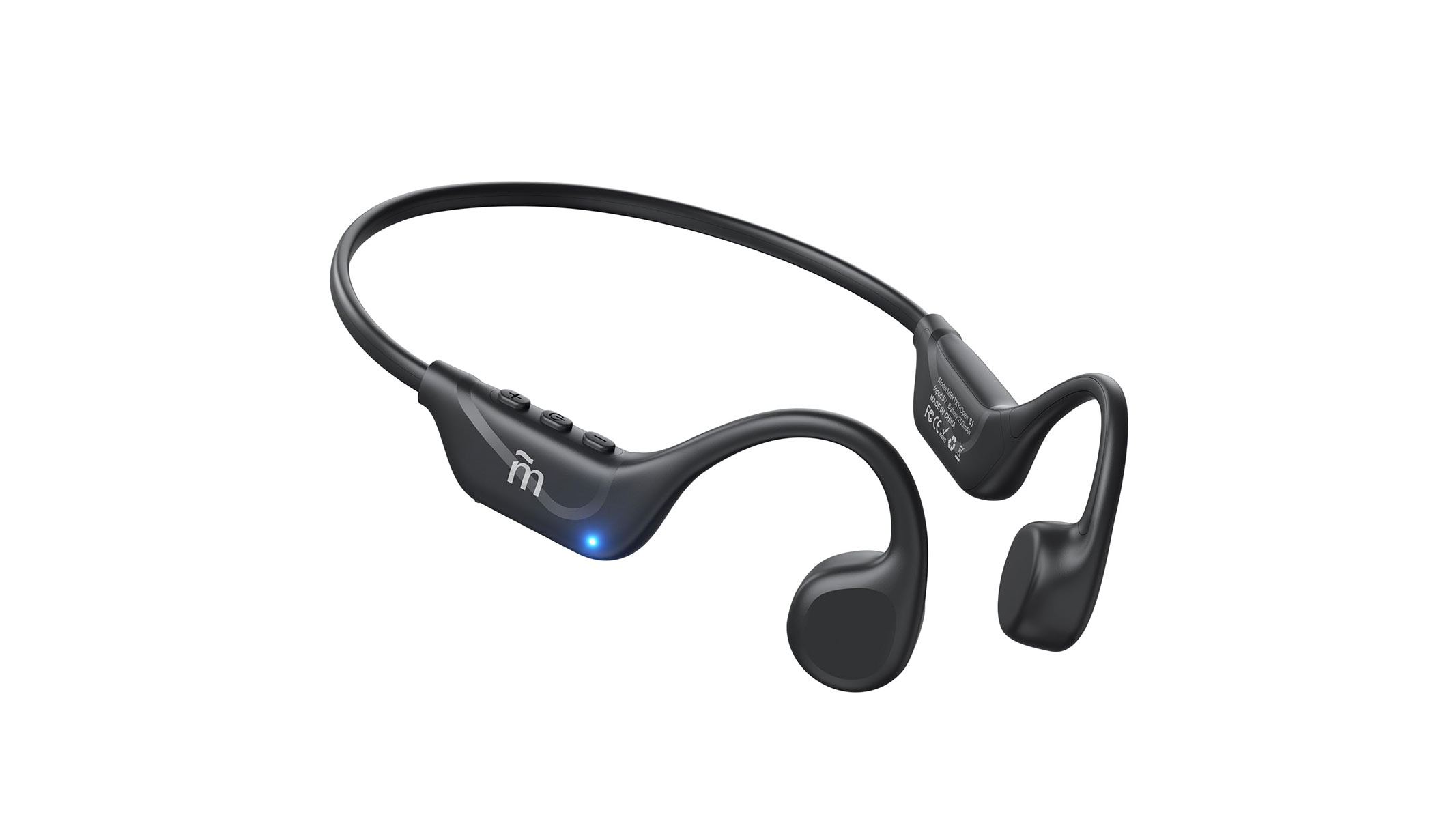
Mrytky S1 Bone Conduction Headphones
Our expert review:
Specifications
Reasons to buy
Reasons to avoid
✅ You are on a budget…: They cost $45.99 and are often heavily discounted.
✅ … but do not want to compromise on quality: They are sweatproof, long-lasting and well-connected, and many online users have praised them for their comfortable fit and good sound quality.
❌ You are a swimmer or triathlete: They are not waterproof enough.
❌ You want extensive customization: They lack multiple sizes and color options, and are not app-connected.
🔎 Mrytky Bone Conduction Headphones: These budget-friendly bone conduction headphones nail the essentials with long battery life, quality build and a strong Bluetooth connection. However, they are not customizable enough to suit everyone. ★★★½
The Mrytky bone conduction headphones are our favorite budget-friendly pick. They are priced at $45.99 and often on sale for less than $35, which is more than five times cheaper than our frontrunner Shokz OpenRun Pro 2. That may sound suspiciously affordable, but do not let that discourage you —- the value for money here is quite impressive.
Specs-wise, the Mrytky bone conduction headphones either match or outperform many of the more premium models. For example, they use Bluetooth 5.4, the same ultra-strong and stable connection that is used in the far more premium Nank Runner Diver 2 Pro. They can also last up to 10 hours on a single charge, more than many other bone conduction headphones in this price range.
The Mrytky bone conduction headphones are also very workout-friendly. They are IPX5-rated, which means they are sweatproof and can easily withstand light rain or splashes of water near swimming pools or showers. While not suitable for swimming, they will not fall apart upon contact with water, either.
We also liked their sound credentials. The Mrytky headphones feature powerful speaker driver units and a built-in microphone, and many online users have praised them for their surprisingly good sound quality and extensive volume range. As one Amazon buyer commented, "The sound is surprisingly crisp and clear, especially for bone conduction. You will not get the deep bass of over-ear headphones, but the balance is great for spoken word and most music genres."
However, the Mrytky bone conduction headphones have a major flaw — they are not customizable. Unlike the Shokz products mentioned before, they are not available in multiple sizes or color options, and they do not feature any connected apps or sound equalizer modes. Some people will inevitably find them too big, ill-fitting, or otherwise uncomfortable to wear.
Attributes | Notes | Rating |
|---|---|---|
Design | Non-customizable, but sweat- and splashproof. | ★★½ |
Performance | Relatively long battery life and strong Bluetooth connection. | ★★★★½ |
Functionality | Built-in microphone. No connected apps. | ★★★½ |
Second-best

Second-best budget headphones
If you are willing to spend at least $15 more, consider the Creative Outlier Free. These bone conduction headphones are just as sweatproof and long-lasting as the Mrytky S1, but they come in two sizes (Standard and Mini) and with more design variants to choose from (Regular, Plus, Pro and Pro+). That said, we also found them somewhat uncomfortable to wear, and their sound quality may not be to everyone's liking.
Pros
- Durable and sweatproof
- Up to 10 hours of battery life
- Budget-friendly
Cons
- Not suitable for swimming
- Mediocre sound quality
- Can be uncomfortable to wear
Best bone conduction headphones for runners
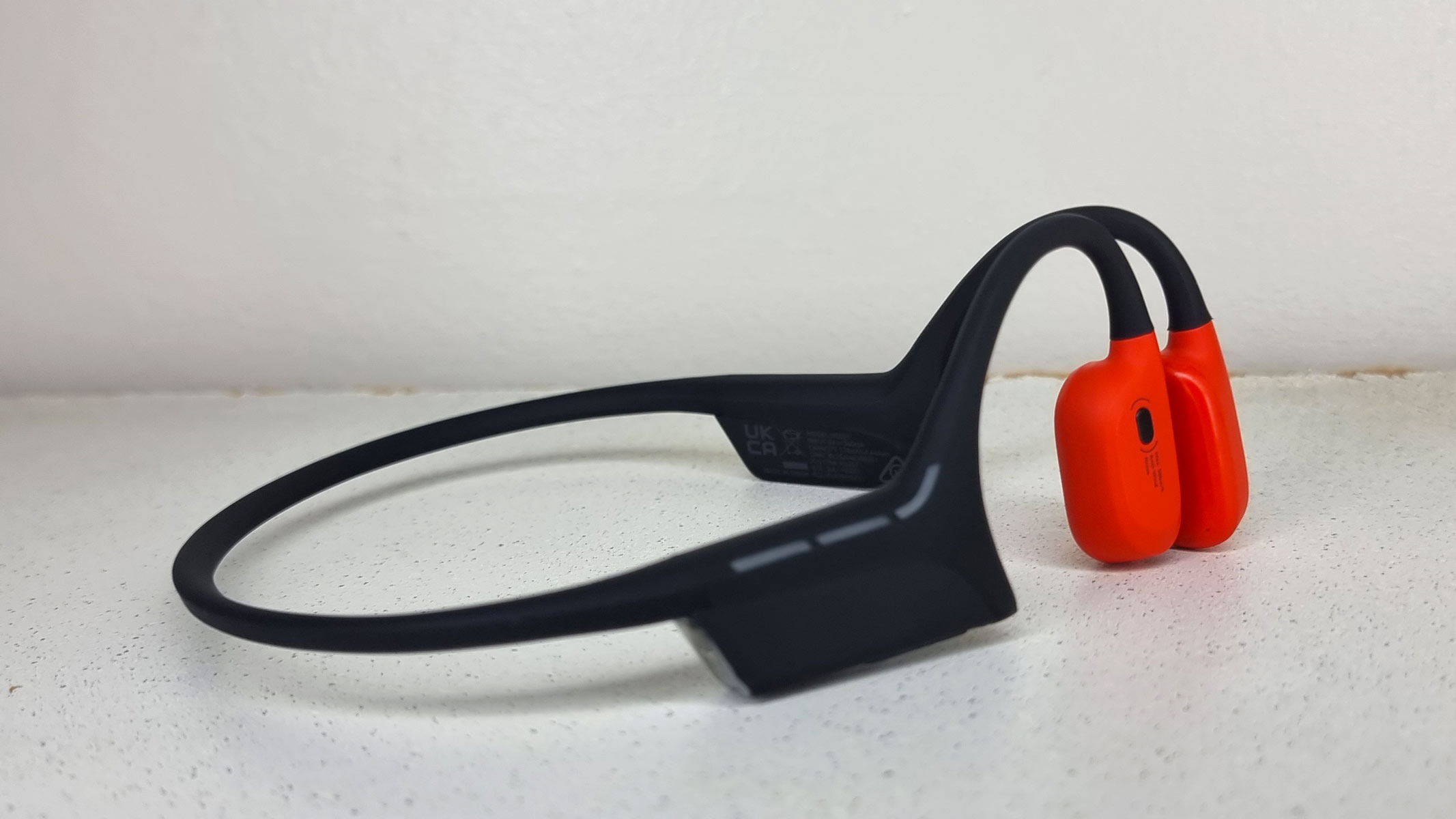
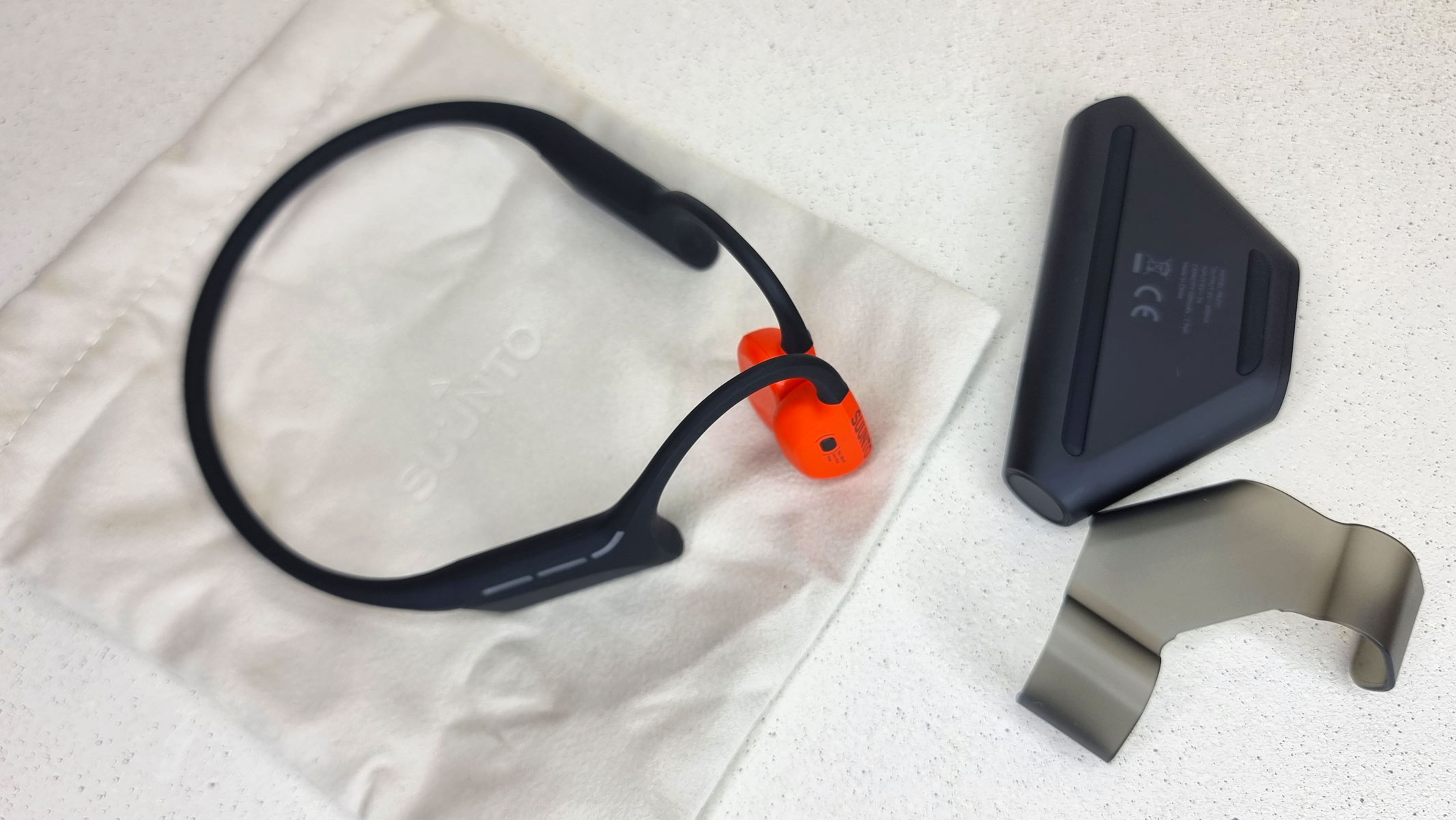
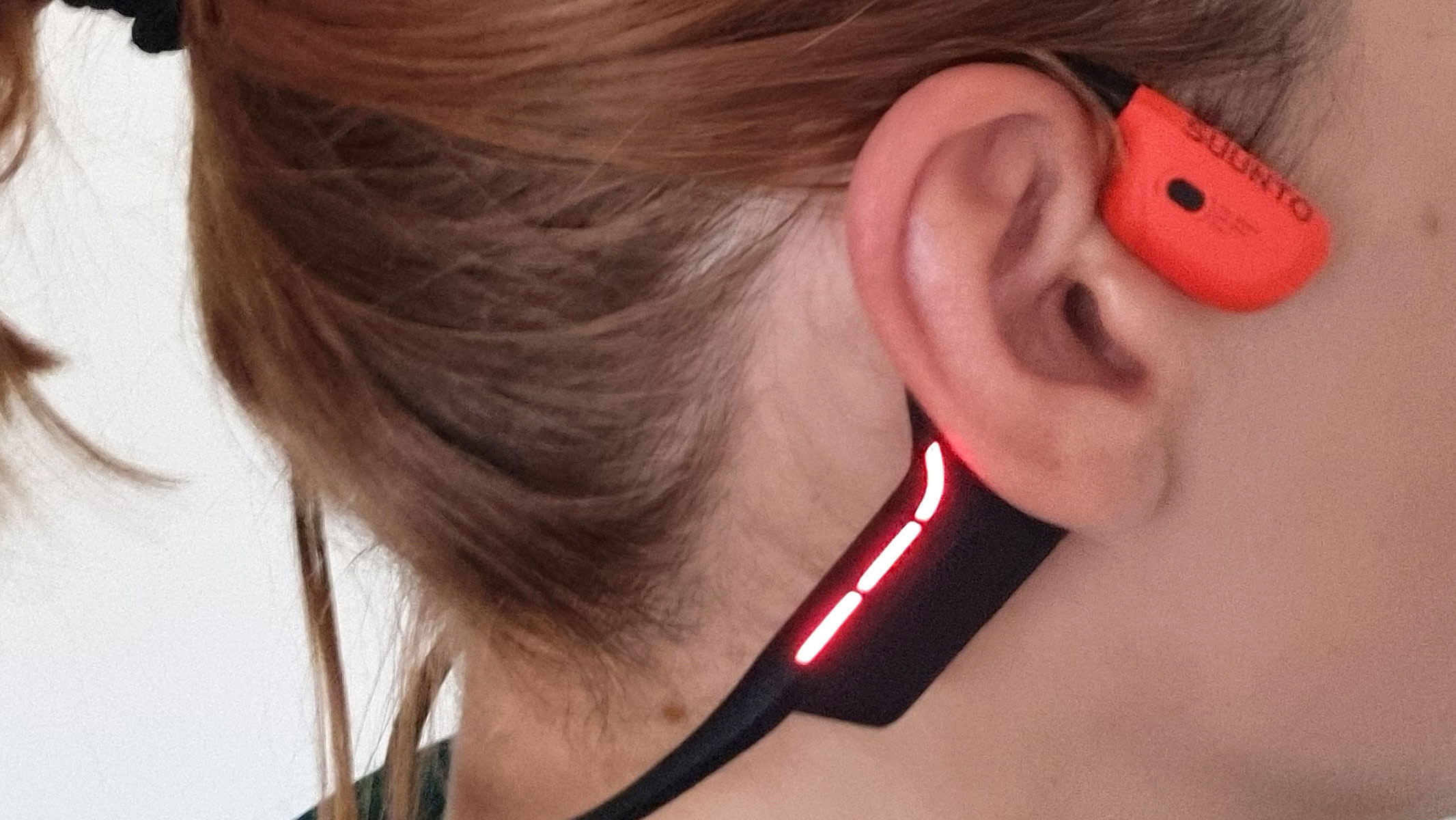

Suunto Wing 2
Our expert review:
Specifications
Reasons to buy
Reasons to avoid
✅ You want your headphones to last all day: They boast up to 24 hours of battery life.
✅ You are a runner or hiker: They have the best outdoor-focused features of all the models mentioned in this guide.
✅ You have a Suunto watch: You can sync it with the headphones to receive real-time running feedback straight into your ears.
❌ You are on a budget: They cost just as much as the Shokz OpenRun Pro 2.
❌ You are a swimmer or triathlete: While they can survive dust and high-pressure water jets, these headphones are not fully waterproof.
🔎 Suunto Wing 2: Good sound quality, unique features and long battery life — the flagship Suunto headphones can easily compete with some of the best models out there. However, they are neither cheap nor waterproof. ★★★★½
Looking for bone conduction headphones that can survive multi-day camping trips and ultra-endurance running events? If you want something that can withstand dust, sweat and harsh weather conditions, the Suunto Wing 2 will be right up your street. These bone conduction headphones are durable, comfortable to wear and equipped with a host of unique runner-friendly features.
The Suunto Wing 2 are rated IP66, meaning they have been shown to withstand damage caused by dust and high-pressure water jets. They are also made of tough titanium and can function in temperatures as low as -20 degrees Celsius (-4 degrees Fahrenheit) and as high as 60 degrees Celsius (140 degrees Fahrenheit). They are more outdoor-friendly and resilient to accidental damage than the Shokz OpenRun Pro 2, and therefore more suitable for trail running, for example. That said, these bone conduction headphones are not suitable for submersion underwater. If you are a swimmer or triathlete, you may want to consider the Nank Runner Diver 2 Pro or the H20 Audio Tri 2 Pro instead.
The battery life is another plus point for us. The Suunto Wing 2 can last up to 12 hours on a single charge, and up to 24 hours with a power bank included in the package — longer than any other bone conduction headphones we tested. The features are no less impressive. For example, they come with handy head gesture control (nodding your head instead of fumbling with the buttons), a neck mobility assessment, a jump test, and built-in LED lights to keep you visible on a running track after dark. You can even sync these headphones with your Suunto watch to receive real-time running feedback directly into your ears. It is a treat for fitness geeks like ourselves.
The Suunto Wing 2 are not perfect, though. Most importantly, they are quite expensive — $179, as much as the Shokz OpenRun Pro 2. Moreover, the sound quality does not hit all marks. While these bone conduction headphones do sound well and we thoroughly enjoyed them, we also found their bass to be quite flat and lifeless at times.
Best bone conduction headphones for swimmers
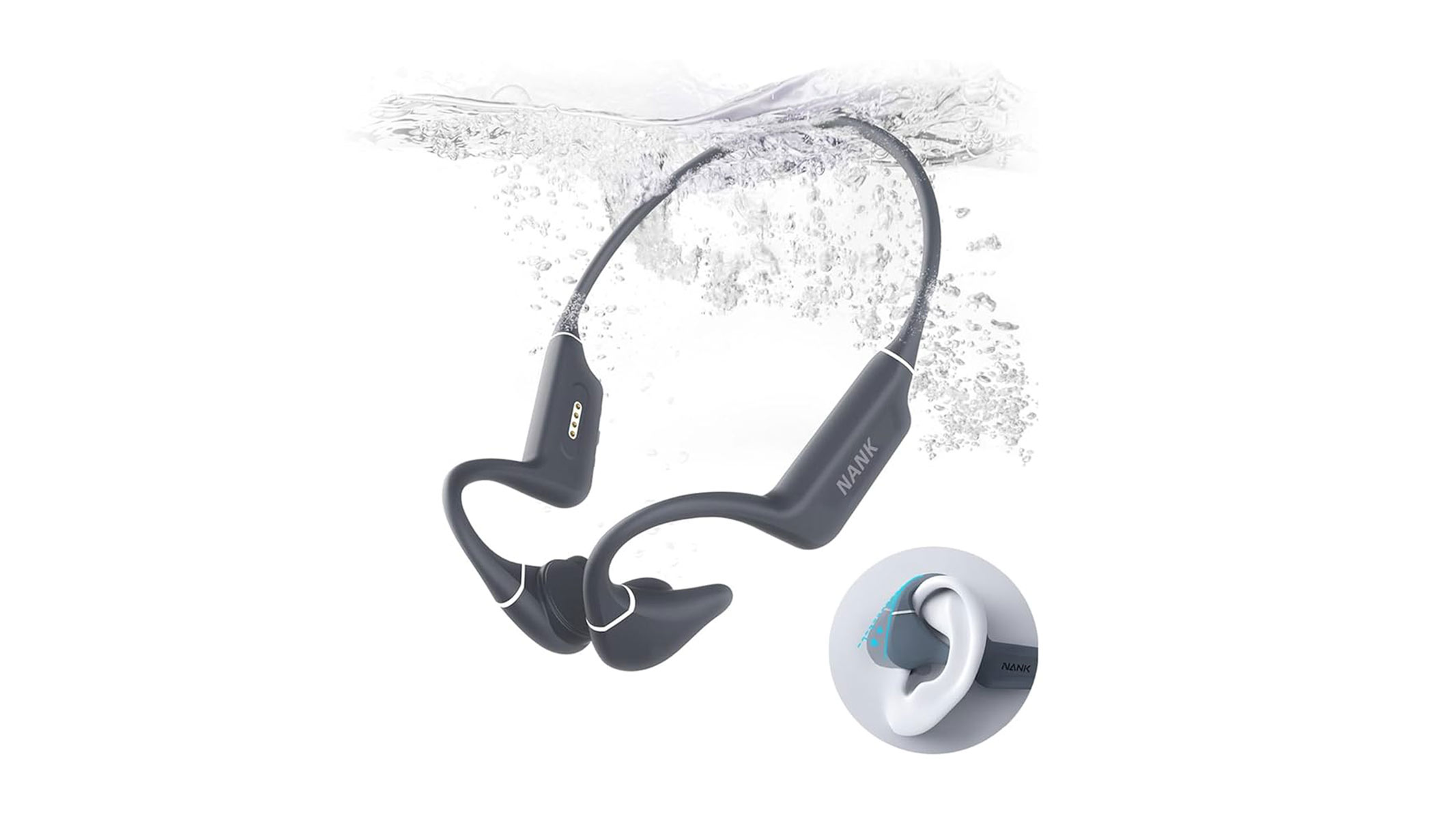
Nank Runner Diver 2 Pro
Our expert review:
Specifications
Reasons to buy
Reasons to avoid
✅ You are a swimmer or triathlete: It is the most dust- and waterproof model in this guide.
✅ You want long battery life: They last up to 10 hours on a single charge.
✅ You want plenty of music storage: They have 32 GB of internal storage.
❌ You are on a budget: They cost over $150.
❌ You want something discreet: It is quite a heavy and bulky headset.
🔎 Nank Runner Diver 2 Pro: Designed with swimmers and triathletes in mind, these bone conduction headphones outshine their competitors with their high IP rating, adjustable fit and huge 32 GB internal storage. ★★★★½
There are two strong contenders for the title of the best bone conduction headphones for swimming: the Shokz OpenSwim Pro and the Nank Runner Diver 2 Pro. Both headsets boast great specs, a thoughtful design, and a massive 32 GB of internal storage. (Note that Bluetooth does not work underwater, so every tune and podcast you want to listen to while swimming must be pre-loaded onto your headphones first.) However, it is the Nank Runner Diver 2 Pro that narrowly wins this competition. Here's why.
First and foremost, these bone conduction headphones are more durable. The Shokz OpenSwim Pro headphones are IP68-rated, meaning they can be submerged in water up to two meters deep for two hours. The Nank Runner Diver 2 Pro, on the other hand, have an IP69 rating, which is the highest level of ingress protection against solids and liquids. These bone conduction headphones can be used underwater at 10-meter depths for up to 5 hours, and can withstand high-pressure, high-temperature water jets. Put simply, the Nank Runner Diver 2 Pro are more dust- and waterproof, and therefore slightly better suited for diving and open-water swimming than the Shokz OpenSwim Pro.
Secondly, these bone conduction headphones have a longer battery life — 10 hours as opposed to nine hours. They are also more adjustable. While both of these headphones come in one universal size, the Nank Runner Diver 2 Pro also features an innovative 35-degree ear hook. This design tweak allows you to adjust the fit of your headphones so they do not get in the way of your swim caps and goggles. Moreover, this ear hook makes it possible to switch between open-ear and noise-canceling modes. Lastly, the Nank Runner Diver 2 Pro costs $152.99, making it more affordable than the Shokz OpenSwim Pro ($179.95).
These bone conduction headphones are not flawless, though. Some online users have pointed out that the Nank Runner Diver 2 Pro features fiddly controls that take some getting used to, and that the headset itself is relatively bulky.
Attributes | Notes | Rating |
|---|---|---|
Design | Customizable fit, highly dust- and waterproof. | ★★★★½ |
Performance | Long battery life and plenty of music storage. | ★★★★½ |
Functionality | Noise-canceling mode. No connected apps. | ★★★★ |
Best all-rounder bone conduction headphones

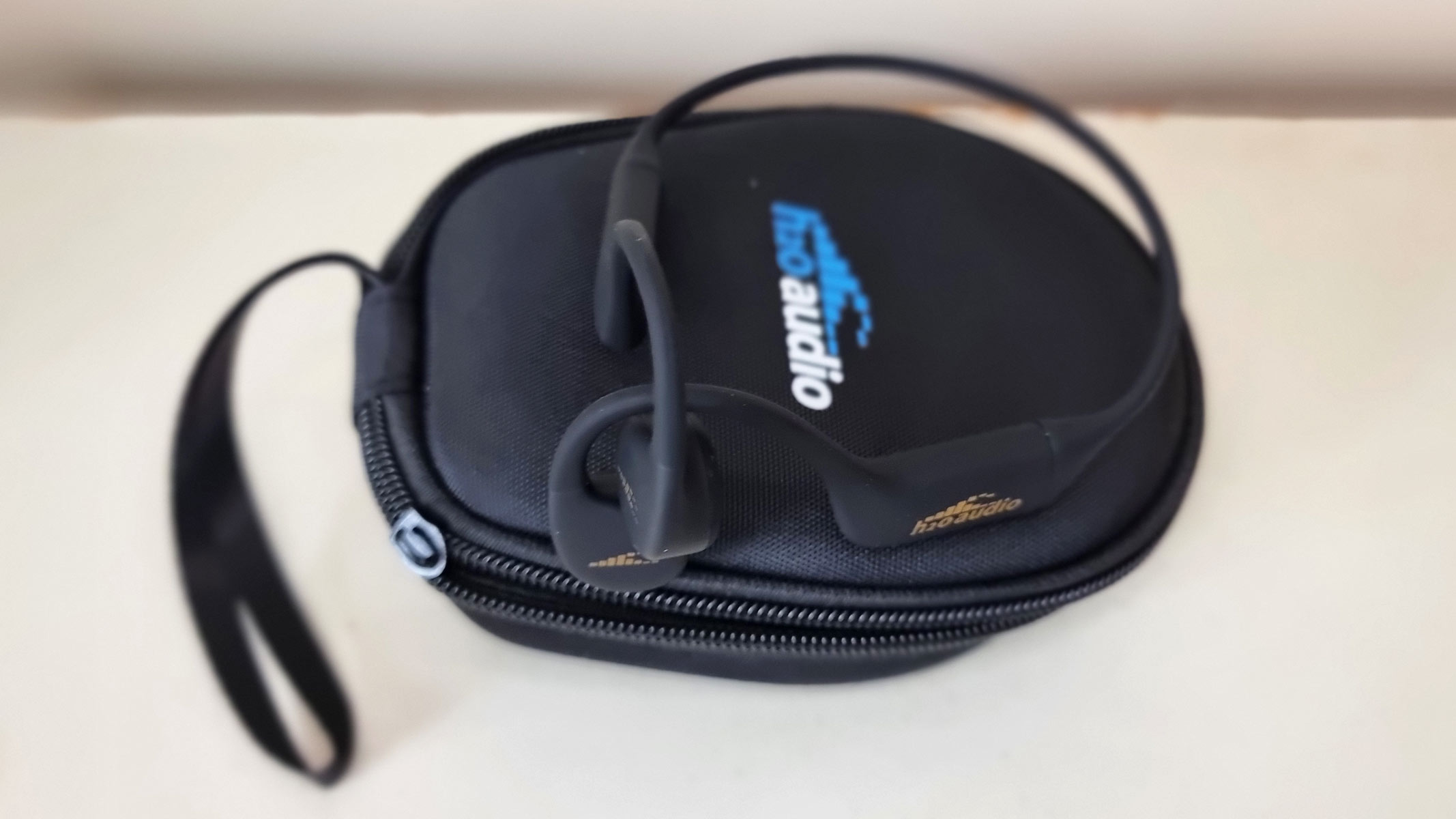
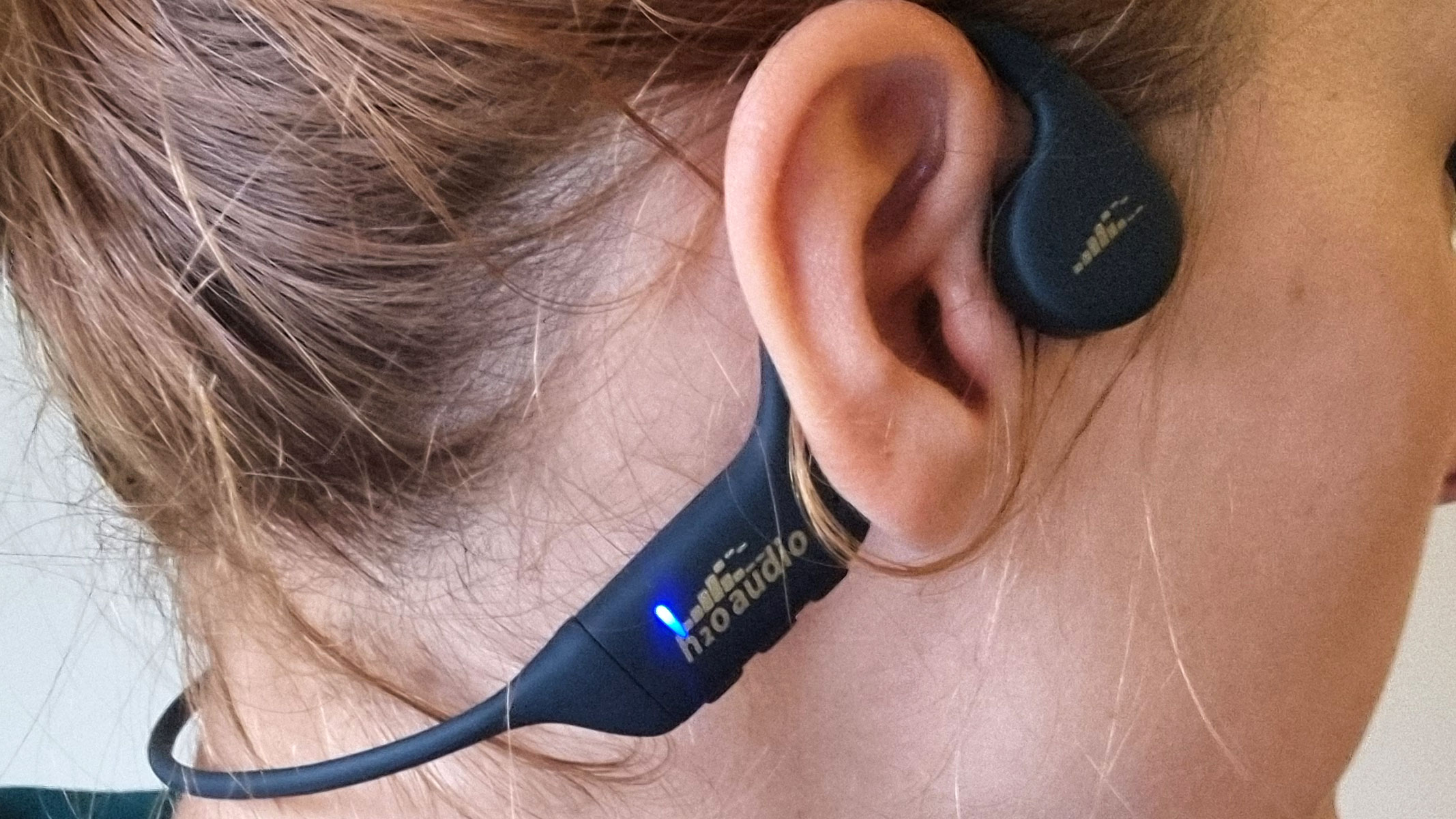

H20 Audio Tri 2 Pro
Our expert review:
Specifications
Reasons to buy
Reasons to avoid
✅ You engage in many different sports activities: Waterproof and secure-fitting, they can easily keep up with your active lifestyle.
✅ You are a swimmer or triathlete: They can be submerged up to 12 feet (3.6 meters) underwater for an unlimited amount of time.
❌ You are on a budget: It is the most expensive model in this guide.
❌ You want them to last all day: They offer just six to nine hours of battery life.
🔎 H20 Audio Tri 2 Pro: These sleek bone conduction headphones impressed us with their durability, fit and waterproof credentials. However, they also come with a patchy Bluetooth connectivity and relatively short battery life. They are quite expensive, too. ★★★★
The H20 Audio Tri 2 Pro bone conduction headphones are best suited for swimmers, triathletes and other highly active individuals. True, they have their shortcomings — they cost a whopping $199, making them the most expensive model in this guide, and some of their specs leave much to be desired — but they have a better quality build and more comfortable fit than most models out there. These bone conduction headphones will easily keep up with your active lifestyle, whether you are hiking in the great outdoors, lifting weights in the gym or swimming in the sea.
Most importantly, they are waterproof. The H20 Audio Tri 2 Pro are rated IPX8, meaning they can withstand submersion up to 12 feet (3.6 meters) underwater for an unlimited amount of time. Of all the models we tested in this guide, only the Nank Runner Diver 2 Pro has better waterproof credentials than the H20 Audio Tri 2 Pro. Secondly, they are impressively functional. The H20 Audio Tri 2 Pro headphones come with 8GB of internal storage (which equals around 2,000 songs), a playlist creator, swimming earplugs and a hard traveling case.
We found them very secure-fitting, too. These bone conduction headphones remained firmly in place during vigorous training sessions, and they did not aggravate our ears or cause us any discomfort. If you are an active individual like us, you will not be disappointed there.
However, the H20 Audio Tri 2 Pro headphones are not without their flaws. Most notably, they have a relatively short battery life — six hours in memory mode, playing the songs stored on the headset, to nine hours in Bluetooth mode. They may not be the best option for multi-day camping trips and ultra-endurance sporting events.
We also found that these headphones can produce slight skull vibrations when listening to bass-heavy music. While we did not find this too uncomfortable, it may be quite disruptive for some sensitive individuals. In addition, we found the Bluetooth connectivity to be patchy one too many times. The H20 Audio Tri 2 Pro would either cut us off for no apparent reason or struggle with maintaining a consistent connection.
Best open-ear headphones for portability
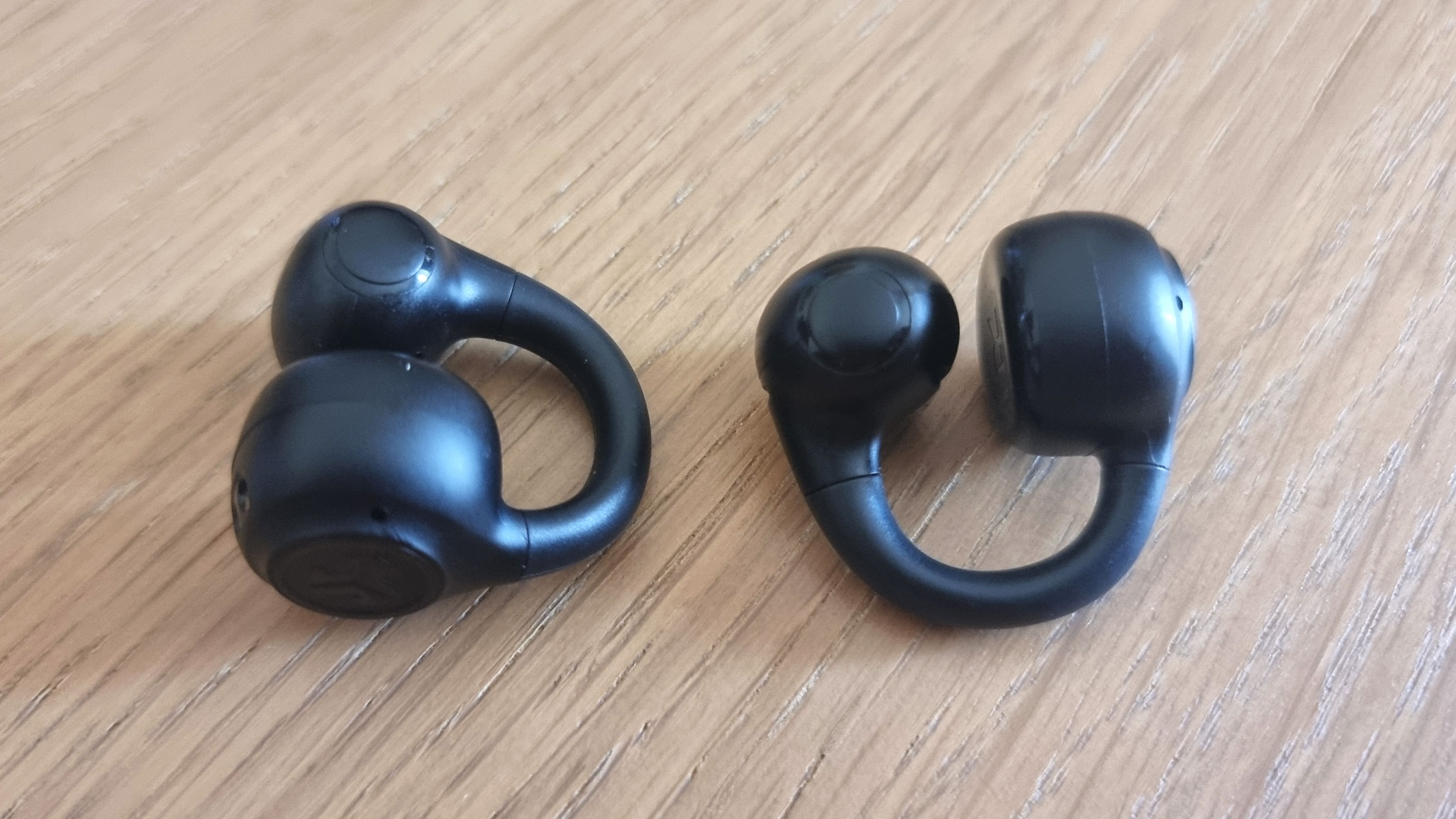
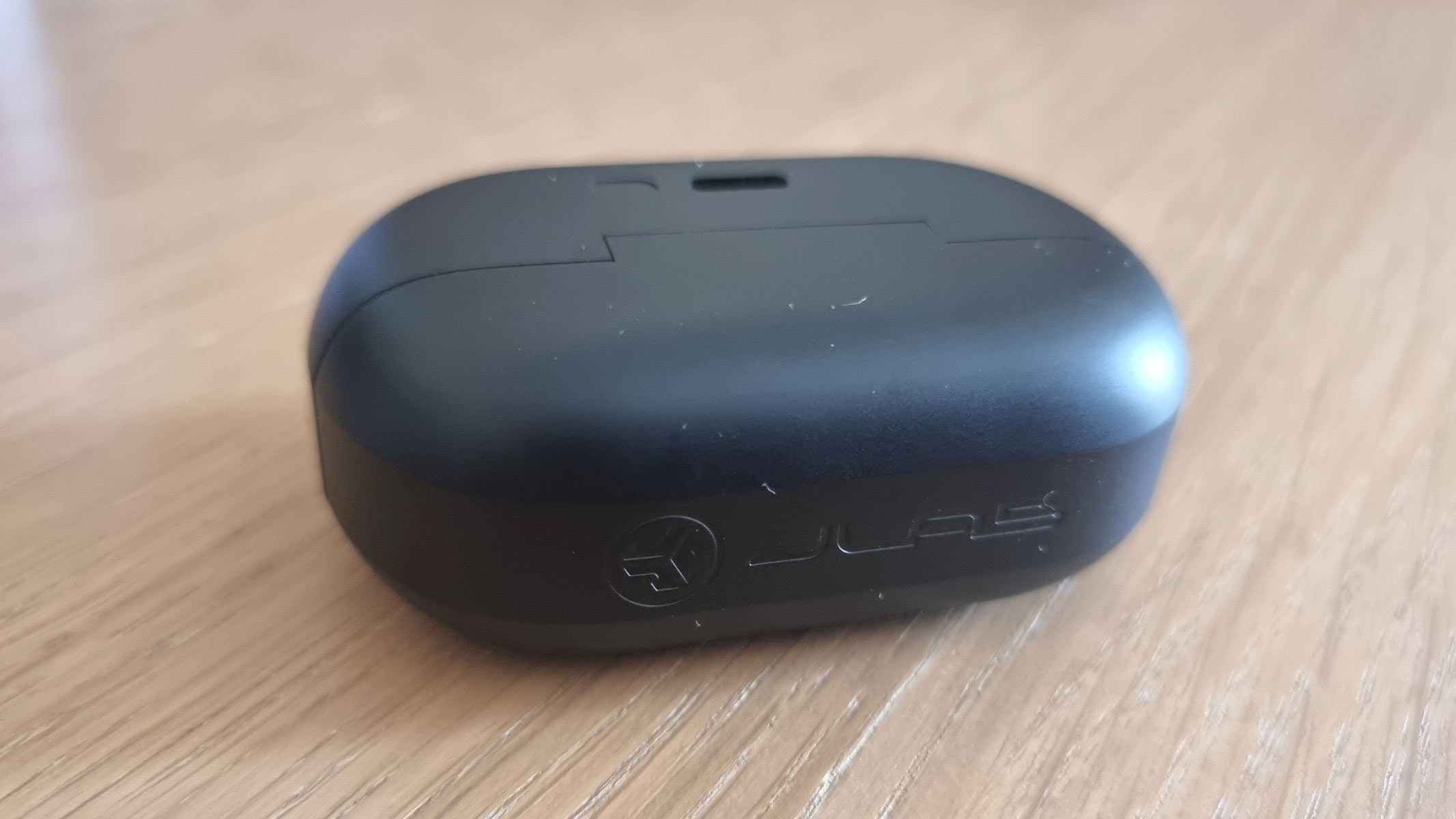
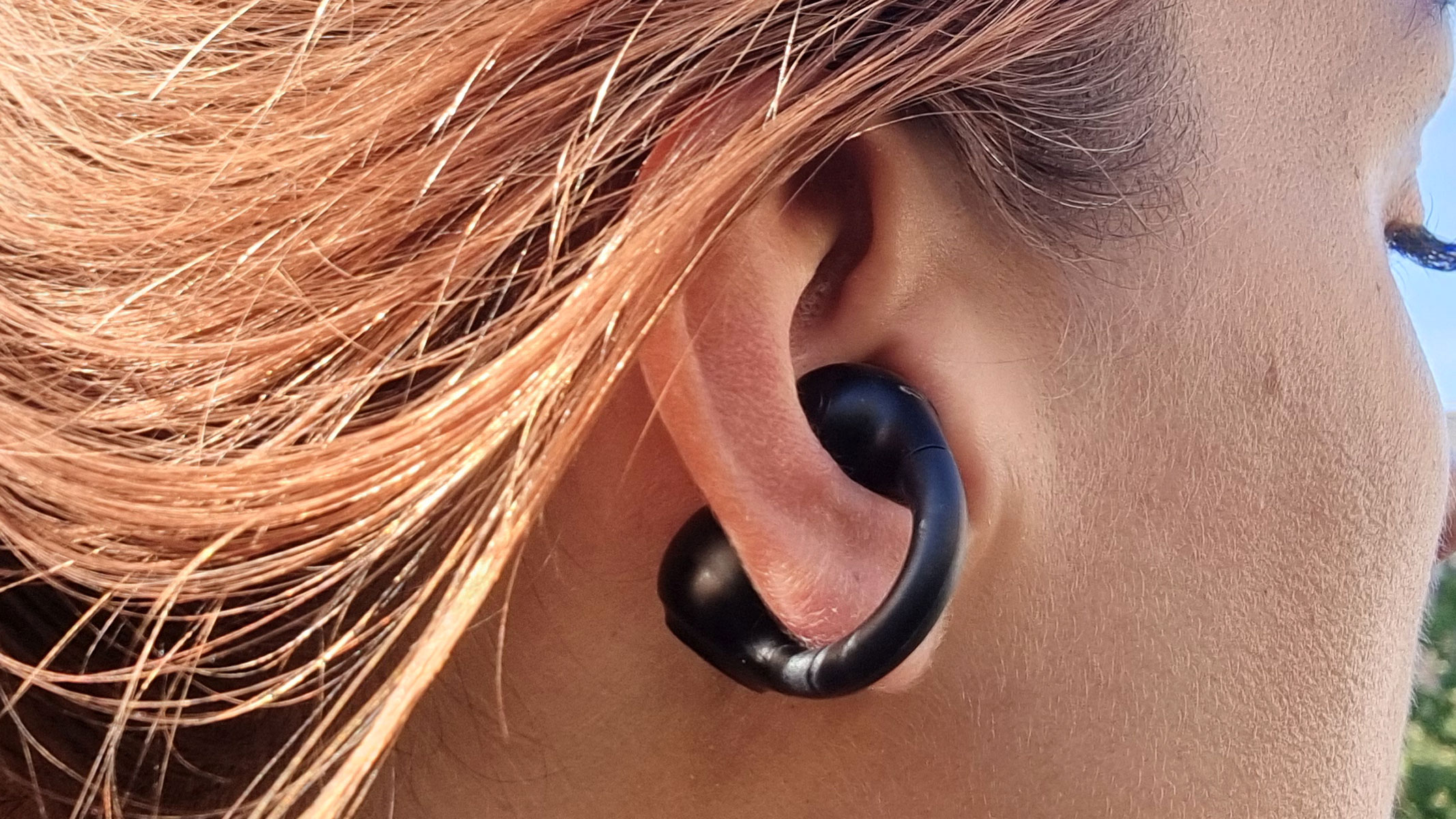
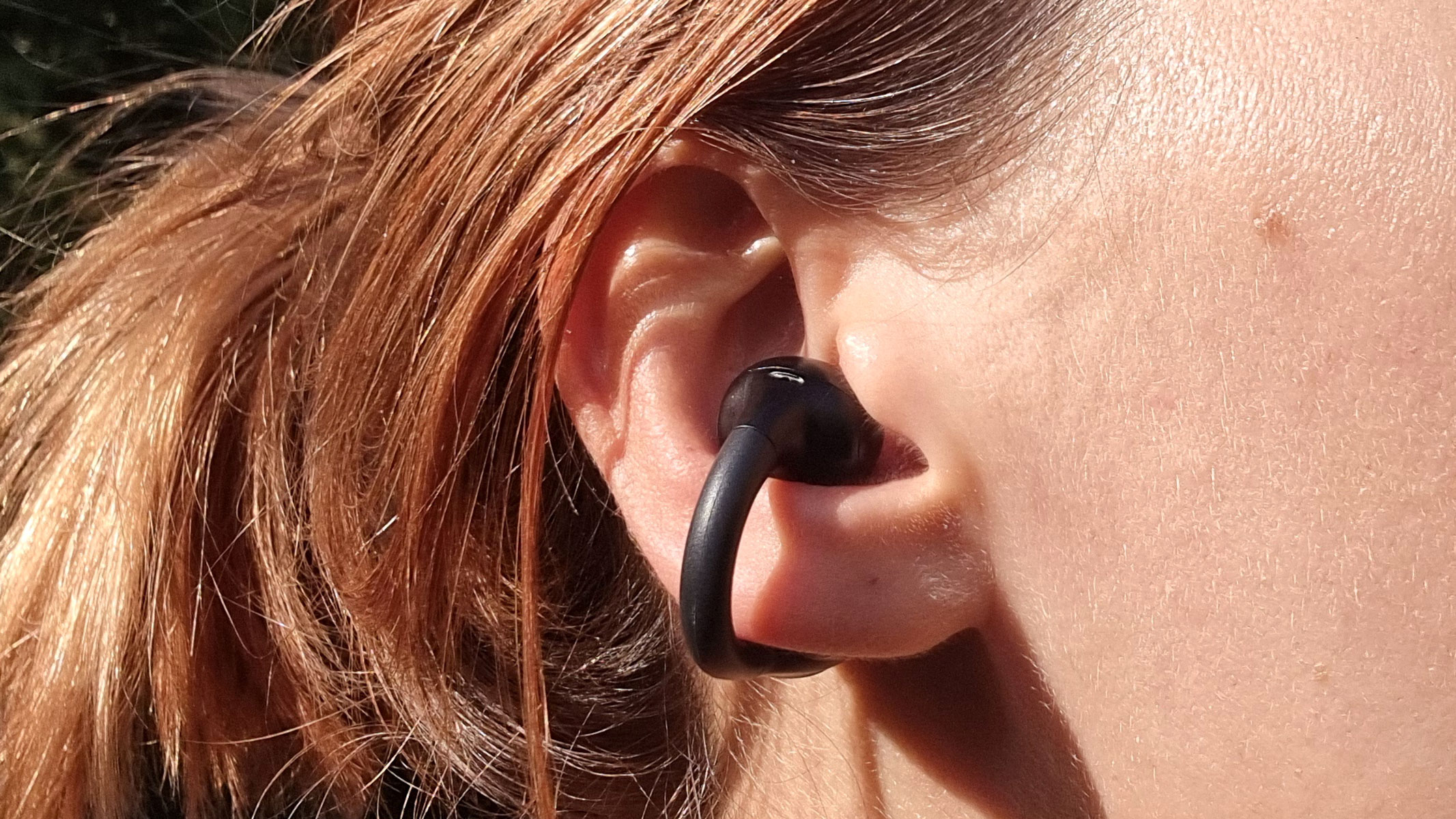
JLab Flex Open Earbuds
Our expert review:
Specifications
Reasons to buy
Reasons to avoid
✅ You want something extra small: The case can easily fit in a pocket.
✅ You struggle with headaches or ear infections: They exert no pressure on your temples or ear canal.
✅ You want good sound quality: They have a relatively rich sound given their size and price point.
❌ You do a lot of vigorous exercise: While relatively secure-fitting, they may not stay in place during powerful movements.
❌ You want something quiet and discreet: They have a noticeable sound leakage.
❌ You are a swimmer: They are the least waterproof headphones in this guide.
🔎 JLab Flex Open Earbuds: Compact, comfortable to wear and under $50, the JLab Flex are an excellent budget-friendly alternative to the pricier bone conduction earbuds. ★★★★
Bone conduction headphones are irreplaceable for situational awareness and water-based activities, but they also have some major disadvantages. Their size and fit, for example — bone conduction speakers are relatively big and bulky, and they rely on wraparound headbands or complex earpieces to stay firmly in place. They may not suit people with certain hairstyles or those prone to ear infections and tension headaches. The solution? Cuff-ear air conduction earbuds. Unlike bone conduction headphones, they clip onto the side of your ear and transmit the sound by air.
There are quite a few good cuff-ear earbuds on the market and it is not easy to pick the best product, but if we had to pick something that would suit most people, we would choose the JLab Flex. These open earbuds cost just $49.99, which is a tiny fraction of what you would typically pay for the more premium Bose Ultra or Soundcore AeroClip, but they do give you plenty of bang for your money. The JLab Flex stands out among its budget-friendly competitors with a relatively good sound quality, a dedicated app with a sound equalizer, and up to seven hours of battery life (21 hours with the charging case).
These cuff-ear earbuds are small and flexible enough to suit most ear shapes, but they do not compromise on sturdiness and build quality. We found them very comfortable to wear — the Jlab Flex did not cause us any ear pain or discomfort, even after several hours of continuous listening, and they did not tend to shift or fall off our earlobes. Still, cuff-ear earbuds are generally best suited for light activities, such as walking or domestic chores, and may not be secure enough to withstand movement-heavy exercises.
Moreover, the JLab Flex is not suitable for swimming. These earbuds are IPX4-rated, meaning they can be safely exposed to sweat, light rain or splashes of water, but they will not withstand full submersion. Not to mention, they would likely come off underwater anyway.
Attributes | Notes | Rating |
|---|---|---|
Design | Comfortable to wear and customizable. One size only. | ★★★★ |
Performance | Decent sound quality and battery life. | ★★★★ |
Functionality | Feature-packed app. Low IP rating. | ★★★★ |
Most comfortable open-ear headphones

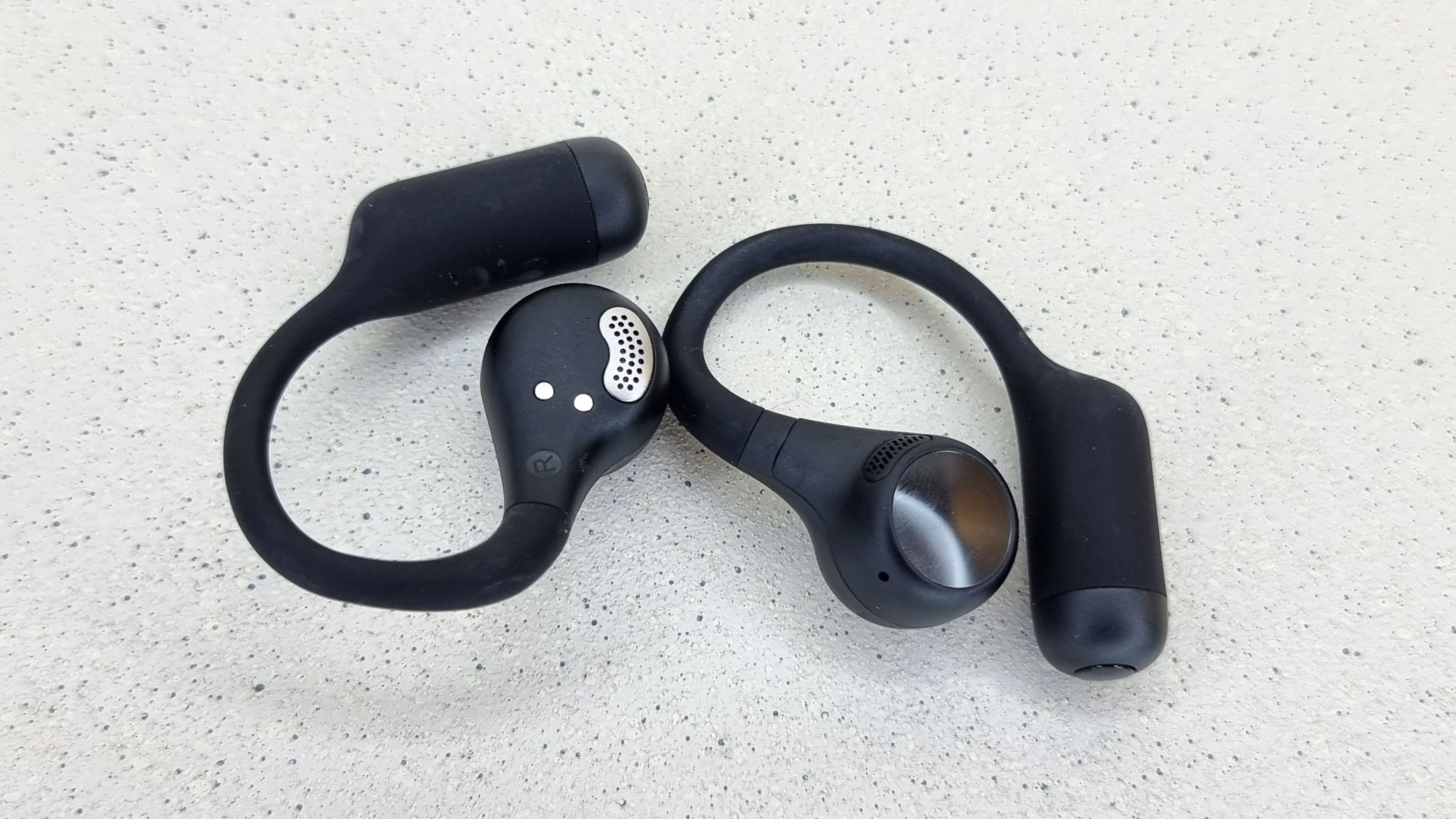
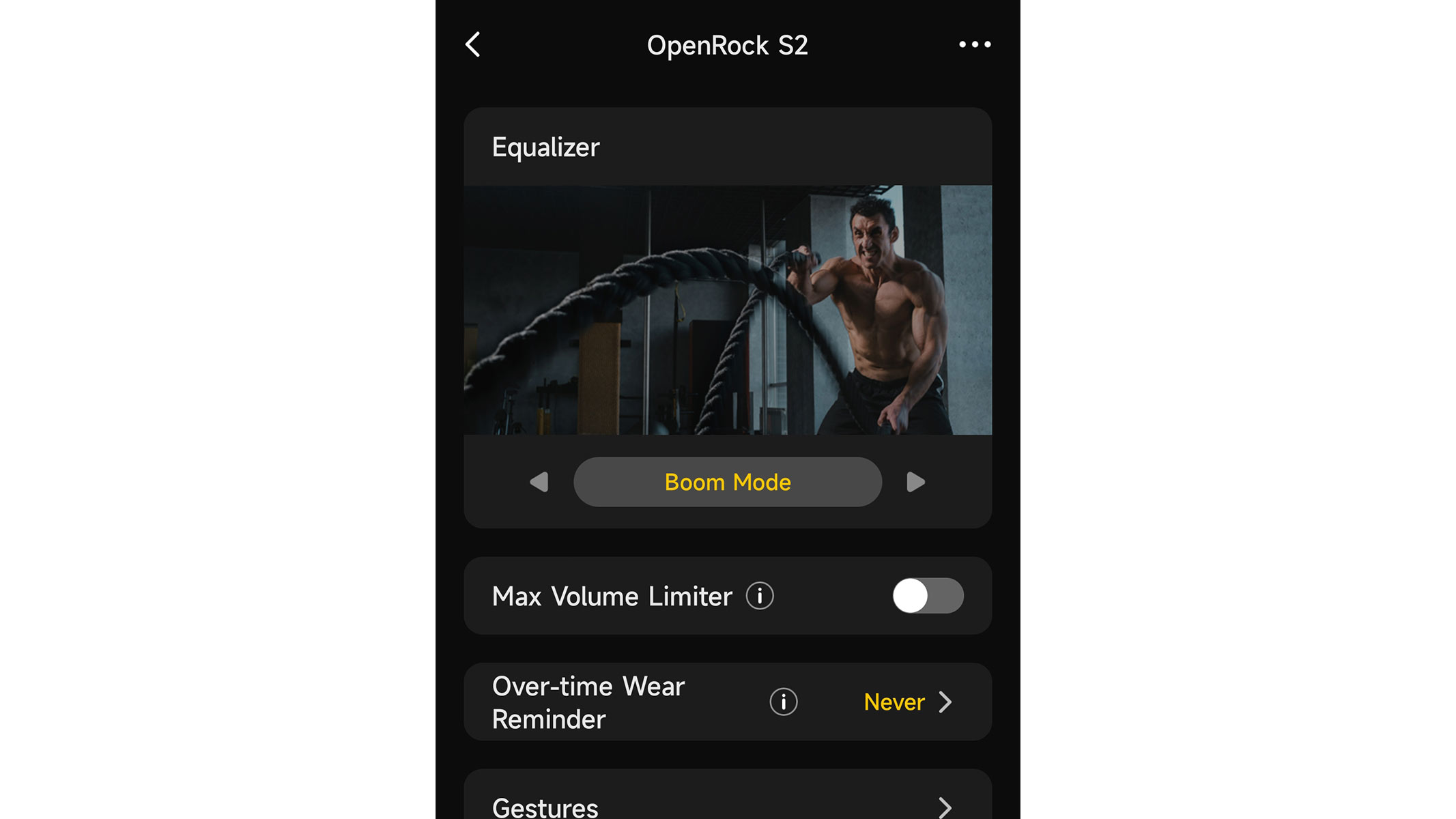
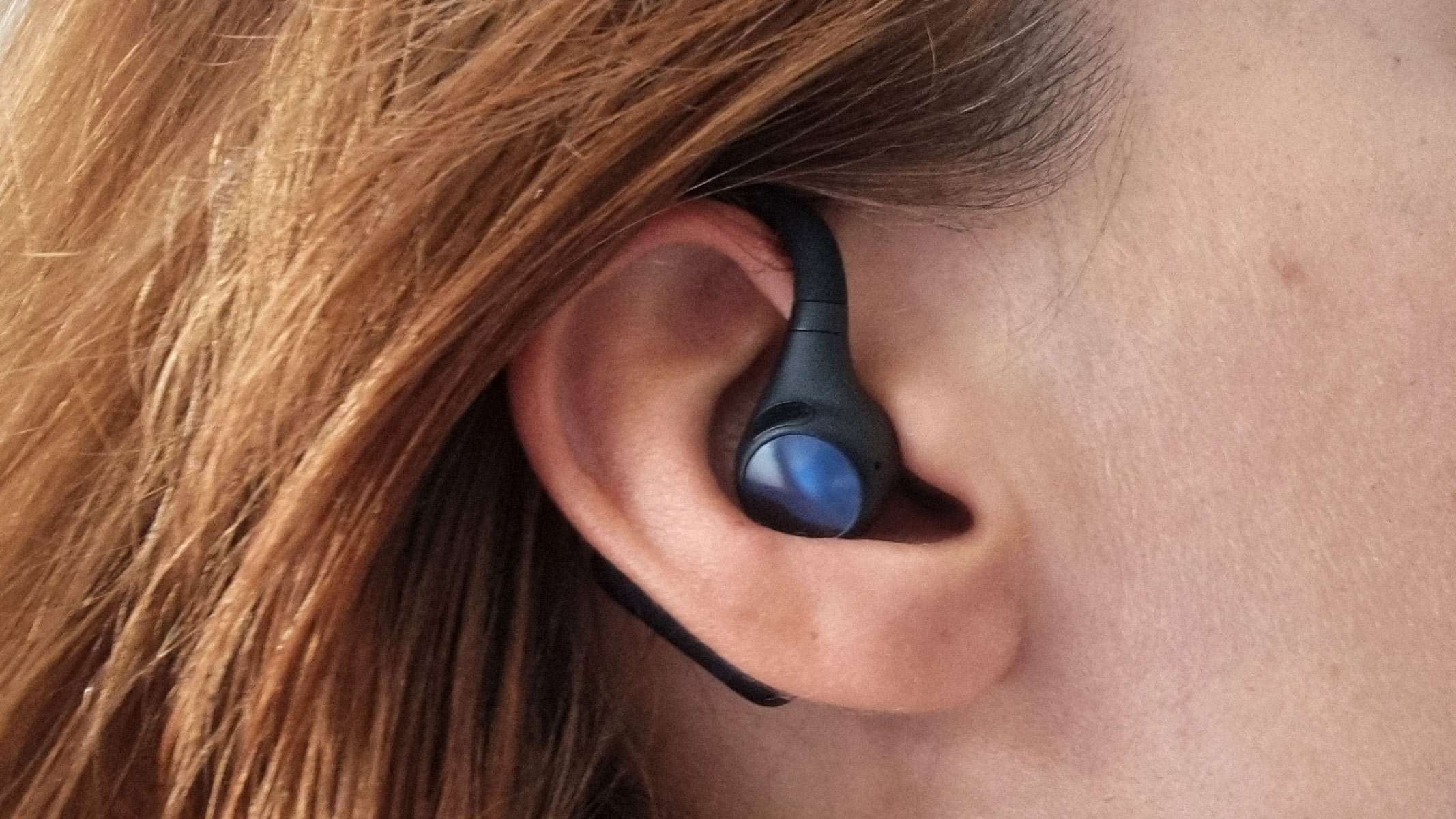
OpenRock S2
Our expert review:
Specifications
Reasons to buy
Reasons to avoid
✅ You want something extra light: It is easy to forget you are even wearing them.
✅ You struggle with headaches or ear infections: They exert no pressure on your temples or ear canal.
✅ You are an active person: They are hook-clip earbuds, so they tend to stay in place during powerful movements.
❌ You do contact sports: They are not secure-fitting enough to withstand direct impact.
❌ You do not want sound leakage: Like with most air conduction earbuds, other people may hear what you are listening to.
❌ You are a swimmer: They can't be safely submerged under water.
🔎 OpenRock S2: Feather-light, app-connected and comfortable to wear, the OpenRock S2 open-ear buds offer excellent value for money. However, they will not suit everyone. ★★★★
Looking for something ever smaller and lighter than the aforementioned JLab Flex Open Earbuds? Then consider the OpenRock S2. Weighing just 0.25 oz (7g) each, they are one of the most discreet and unobtrusive air conduction earbuds on the market, and if our experiences are anything to go by, also one of the most comfortable to wear. Plus, they come with a hook-clip design and IPX5 sweatproof certification, making them suitable for high-intensity exercise. All in all, the OpenRock S2 earbuds are an excellent all-rounder for those prone to tension headaches or people with ear sensitivities.
We were also impressed by their battery life (the OpenRock S2 earbuds last up to 8 hours on a single charge, or up to 32 hours with a case) and relatively good sound quality, as well as their robust sound customization features and flawless multipoint connectivity. For less than $90, these earbuds deliver superb value for money.
That said, the OpenRock S2 may not suit everyone. These earbuds are available in one size only, and their hooks are not adjustable enough to fit certain ear shapes. Moreover, they are not a good fit for contact sports (the OpenRock S2 are quite secure-fitting, but they are unlikely to sustain direct impact), nor are they waterproof enough for swimming and diving.
Attributes | Notes | Rating |
|---|---|---|
Design | Light, unobtrusive and workout-friendly, but will not fit every ear. | ★★★★ |
Performance | Decent sound quality and battery life. | ★★★★ |
Functionality | Connected app, built-in microphone. | ★★★★½ |
The best bone conduction speaker for sleep
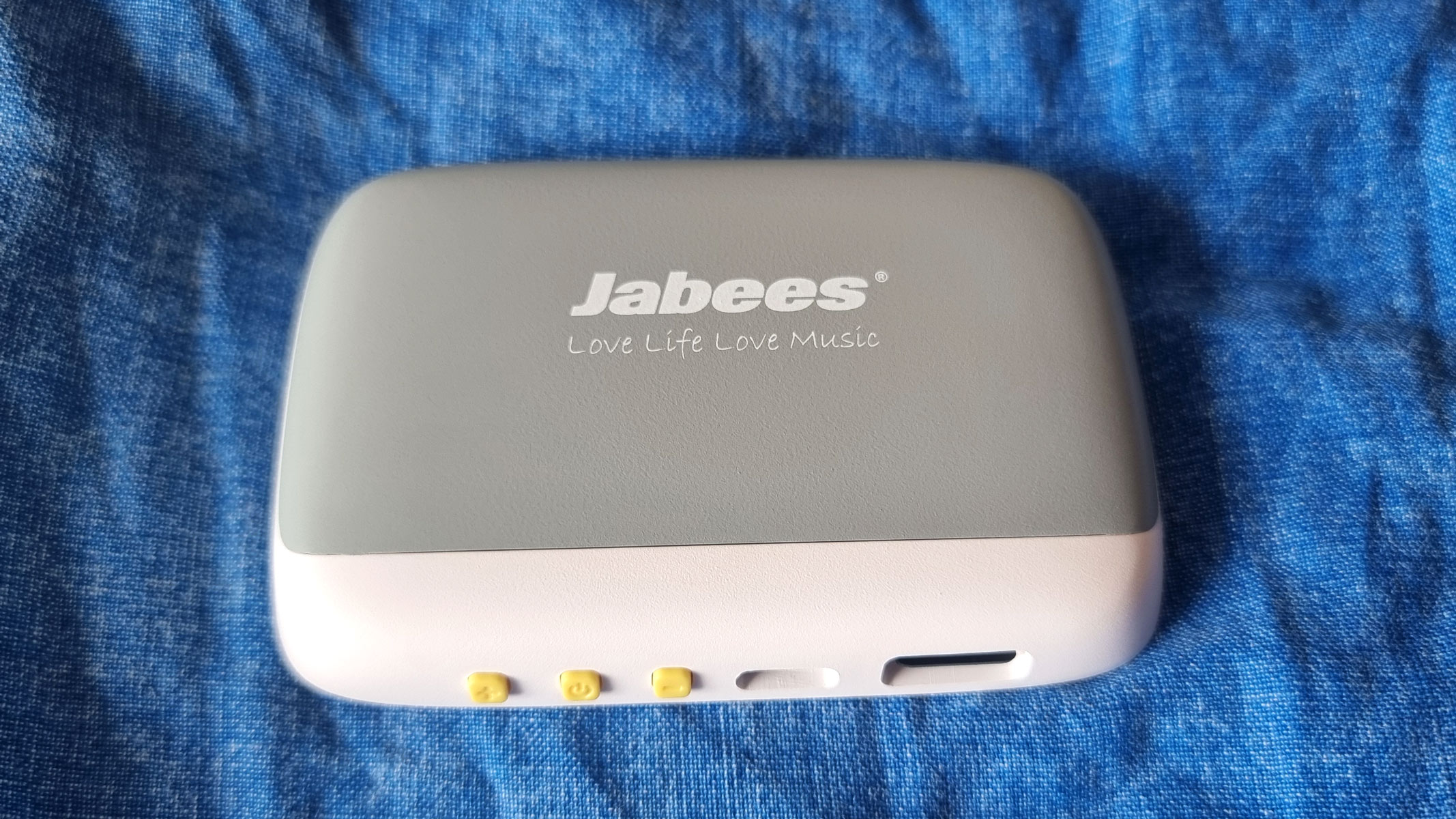
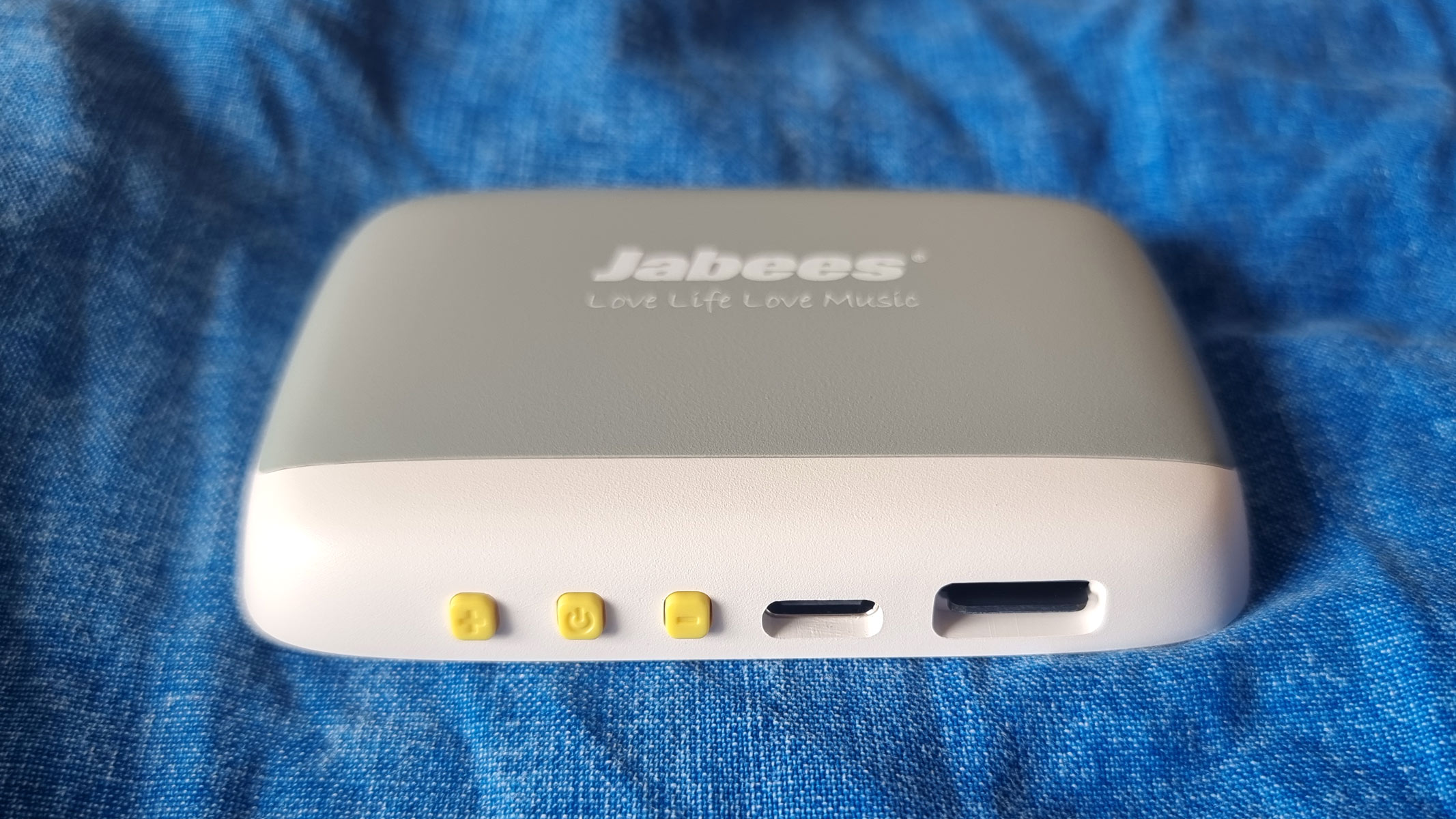
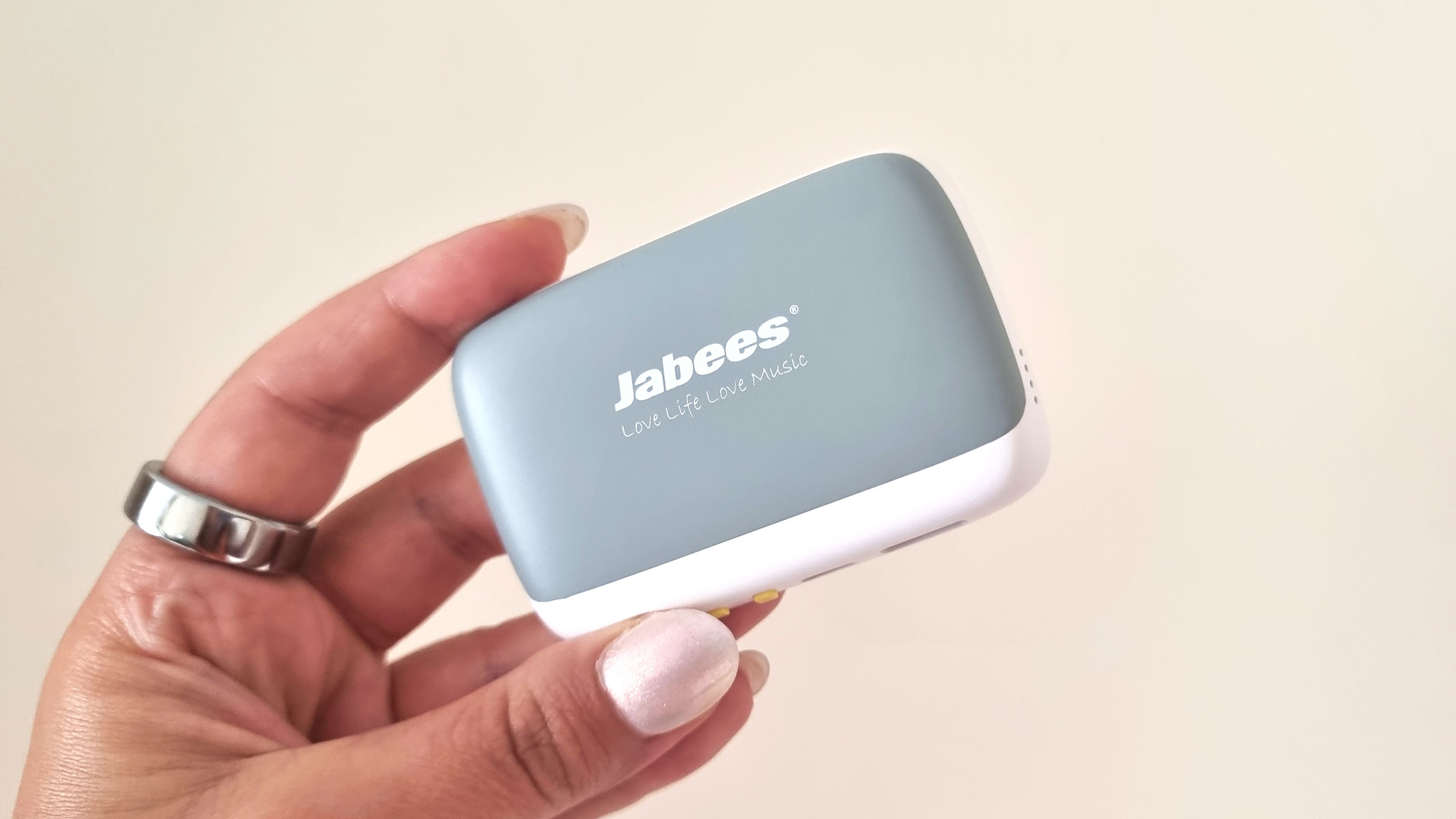
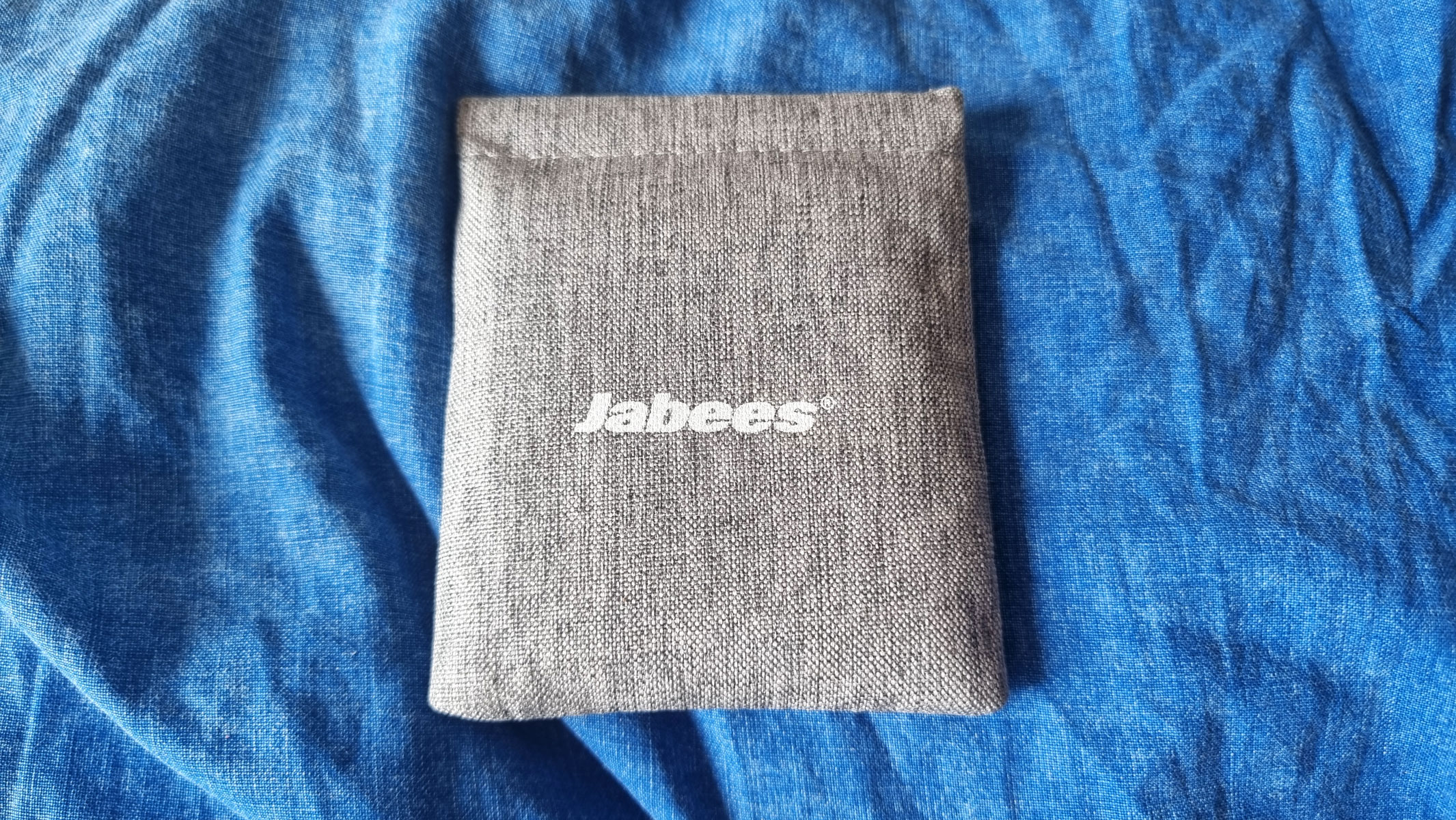
Jabees Peace Pillow Speaker
Our expert review:
Specifications
Reasons to buy
Reasons to avoid
✅ You do not like sleeping with headphones: It will not aggravate your ears.
✅ You want something travel-friendly: It is small enough to fit in a pocket.
✅ You are on a budget: It costs around $40.
❌ You sleep in noisy conditions: It will not block any external sounds.
❌ You prioritize sound quality: It lacks the depth and richness of headphones.
❌ You are a restless sleeper: It can easily shift during the night.
🔎 Jabees Peace Pillow Speaker: Small, lightweight and reasonably priced, this bone conduction speaker is an excellent alternative to sleep headphones. ★★★★½
Bone conduction headphones are generally too bulky for comfortable sleep. If you like to doze off to the sound of music, we would recommend the Jabees Peace Pillow Speaker instead. It is a bone conduction speaker that you place under your pillow, allowing you to listen to your favorite albums and podcasts without aggravating your ears or disturbing others around you. The Jabees Peace Pillow Speaker can prove useful in many different scenarios, but it can be particularly handy for travellers, parents with young children and other users who need to stay aware of their surroundings while getting some shuteye.
The Jabees Peace Pillow Speaker is exceptionally light and compact, even when compared to other bone conduction speakers available on the market. It weighs only 1.59 oz (45g), which is no more than a stack of playing cards or half a chocolate bar, and measures just 3.39 inches in length and 2.28 inches in width (8.6 and 5.78 cm, respectively) — equivalent to the dimensions of a typical credit card. It is unlikely to cause you any discomfort during sleep.
The Jabees Peace Pillow Speaker harbors some pretty impressive tech for its size. For example, it can last up to 10 hours on a single charge. It also features an optional SD card with eight pre-loaded sleep soundscapes (repetitive sounds that can help you relax, such as rainfall or ocean waves crashing ashore), so even if your speaker is out of your device's Bluetooth range, you can still use it as a white noise machine. The cherry on top? It costs less than $40, making it one of the most affordable options in this guide.
However, any device of this size is also likely to move around during the night, especially if you toss and turn a lot. If you are a restless sleeper, you may want to consider investing in one of the best sleep headphones instead. It is also worth noting that bone conduction speakers can disturb your partner if they accidentally shift to their side of the bed.
Attributes | Notes | Rating |
|---|---|---|
Design | Light, travel-friendly, unobtrusive. | ★★★★½ |
Performance | Good sound quality and long battery life. | ★★★★½ |
Functionality | Built-in white noise machine. | ★★★★½ |
Best bone conduction headphones: comparison
Product type | Rating | Battery life | Water resistance | Weight | Sizes | Colors |
|---|---|---|---|---|---|---|
Shokz OpenRun Pro 2 | ★★★★½ | 12 hours | IP55 | 1.06 oz (30.3g) | Standard and Mini | Black, white and orange |
Shokz OpenRun | ★★★★ | 8 hours | IP67 | 0.91 oz (26g) | Standard and Mini | Black, blue, gray and red |
Mrytky S1 | ★★★½ | 10 hours | IPX5 | 1.02 oz (29g) | Standard | Black |
Suunto Wing 2 | ★★★★½ | 12 hours (24 hours with a power bank) | IP66 | 1.23 oz (35g) | Standard | Black and coral red |
Nank Runner Diver 2 Pro | ★★★★½ | 10 hours | IP69 | 1.12 oz (31.7g) | Standard (adjustable) | Black and white |
H20 Audio Tri 2 Pro | ★★★★ | 9 hours (6 hours in memory mode) | IPX8 | 1.12 oz (31.75g) | Standard | Black |
JLab Flex Open Earbuds | ★★★★ | 7 hours (21 hours with a case) | IPX4 | 0.4 oz (12g) per earbud | Standard (flexible) | Black, white and teal |
OpenRock S2 | ★★★★ | 8 hours (32 hours with a case) | IPX5 | 0.25 oz (7g) per earbud | Standard | Black and khaki |
Jabees Peace Pillow Speaker | ★★★★½ | 10 hours | Unstated | 1.59 oz (45g) | Universal | White/ gray |
Contributing experts & product testers

Anna Gora is an experienced health writer, certified personal trainer, nutritionist and health coach. She holds a Bachelor's degree in Nutrition from the Warsaw University of Life Sciences, a Master’s degree in Nutrition, Physical Activity & Public Health from the University of Bristol, as well as various health coaching certificates. Anna is also an outdoor fitness enthusiast and audiophile, and never leaves the house without her trusted headphones. She has personally tried and tested most of the products mentioned in this guide.

Shruthi Raghavendra, Ph.D., is a cognitive neuroscience researcher specializing in hearing aids, consumer audio systems and cognitive health technologies. She holds a doctorate in electrical engineering from the University of Texas at Dallas and has led research in EEG- and biosignal-driven audio personalization at Harman International, a US-based audio electronics company. For this piece, she commented on the design, functionality and performance of bone conduction headphones, and advised on how to choose the best product.

Marsadi Parliament, AUD, is a clinical and research audiologist with the University of South Florida Morsani College of Medicine. She holds a doctorate in otolaryngology from the University of South Florida and specializes in hearing rehabilitation and bone conduction devices for patients with hearing loss. She told Live Science about the pros and cons of bone conduction headphones, discussed their safety profile and functional limitations, and advised on choosing the best product.
Best bone conduction headphones: Frequently Asked Questions
How does bone conduction work?
Bone conduction transmits sound through vibrations on the bones of the skull, bypassing the eardrum and directly into the inner ear. Air conduction, on the other hand, works by transmitting sound waves by air into the ear canal, where they vibrate the eardrum, and then travel through the middle ear bones to the inner ear.
Bone conduction devices were originally designed as hearing aids, and have been clinically used for patients with various types, degrees and configurations of hearing loss since 1977, Marsadi Parliament, AUD, a clinical and research audiologist with the University of South Florida Morsani College of Medicine, told Live Science.
"When a patient has impairment to the outer or middle ear systems, there will be poor sound transference, causing the sound to be significantly hindered or even completely blocked when sent via air conduction. In many cases, these patients have healthy cochlea (the hearing organ) or the hearing is considered recoverable. The bone conduction hearing implants have a sound processor that codes the incoming sound signal into vibrations, which are then passed through the skin and the bone to reach the cochlea, completely bypassing the impaired outer and/or middle ear," Parliament explained.
Are bone conduction headphones safe?
Generally, yes, as long as they are used at moderate volume, Shruthi Raghavendra, Ph.D., a cognitive neuroscience researcher specializing in hearing aids and consumer audio systems, told Live Science. "Like in any other audio device, prolonged use at high volumes can still contribute to hearing fatigue or damage to the inner ear," she said. The good news is, most bone conduction headphones come with built-in volume limitations to prevent that from happening.
Do bone conduction headphones sound good?
Generally speaking, the sound quality of bone conduction headphones is inferior to that of traditional in-the-ear or over-the-ear headphones, our experts agreed. "Bone conduction headphones deliver clear mid and high frequencies, making them well-suited for podcasts, audiobooks, phone calls and casual music listening. However, they generally lack strong bass and immersive sound, which makes them less ideal for users seeking rich, detailed audio for music or movies," Parliament said.
That said, bone conduction headphones are constantly improving, Raghavendra noted. Newer models use more advanced hardware and better digital signal processing than their predecessors, allowing them to deliver a better sound quality, she said.
Should you buy bone conduction headphones?
The answer to this question largely depends on your needs and intended use. Since bone conduction headphones do not block or cover the ear canal, they are often recommended for people with conditions of the outer and middle ear and those who need to stay aware of their surroundings, such as runners and cyclists, Raghavendra said. Waterproof bone conduction headphones can also be a great option for swimming and other water-based activities. They sound better underwater than other types of headphones, and thanks to their open-ear design, they will not trap any water in your ear canal.
Bone conduction headphones may also be a preferable option for those sensitive to auditory fatigue — a temporary decline in hearing sensitivity that is caused by prolonged exposure to loud or high-frequency sounds. "Bone conduction is less strenuous on auditory processing [than air conduction], because it produces a more natural, less distorted signal," Raghavendra said.
What are the disadvantages of bone conduction headphones?
- Lower sound quality, especially when it comes to bass-heavy music.
- Sound leakage: People around you may faintly hear what you are listening to.
- Vibration discomfort: Some users feel slight vibration on the cheekbones at higher volumes.
- No noise cancellation: The ear canal is not blocked.
- Limited battery life: Bone conduction requires more power to drive the vibration mechanism and overcome the resistance posed by the soft tissues in your body.
Latest updates
October 14, 2025: We added the Suunto Wing 2 as the best option for runners, and the H20 Audio Tri 2 Pro as the best all-rounder headphones. September 23, 2025: We added the OpenRock S2 as the best open-ear headphones for comfort, and the Creative Outlier Free as the second-best bone conduction headphones on a budget.
How to choose the best bone conduction headphones for you
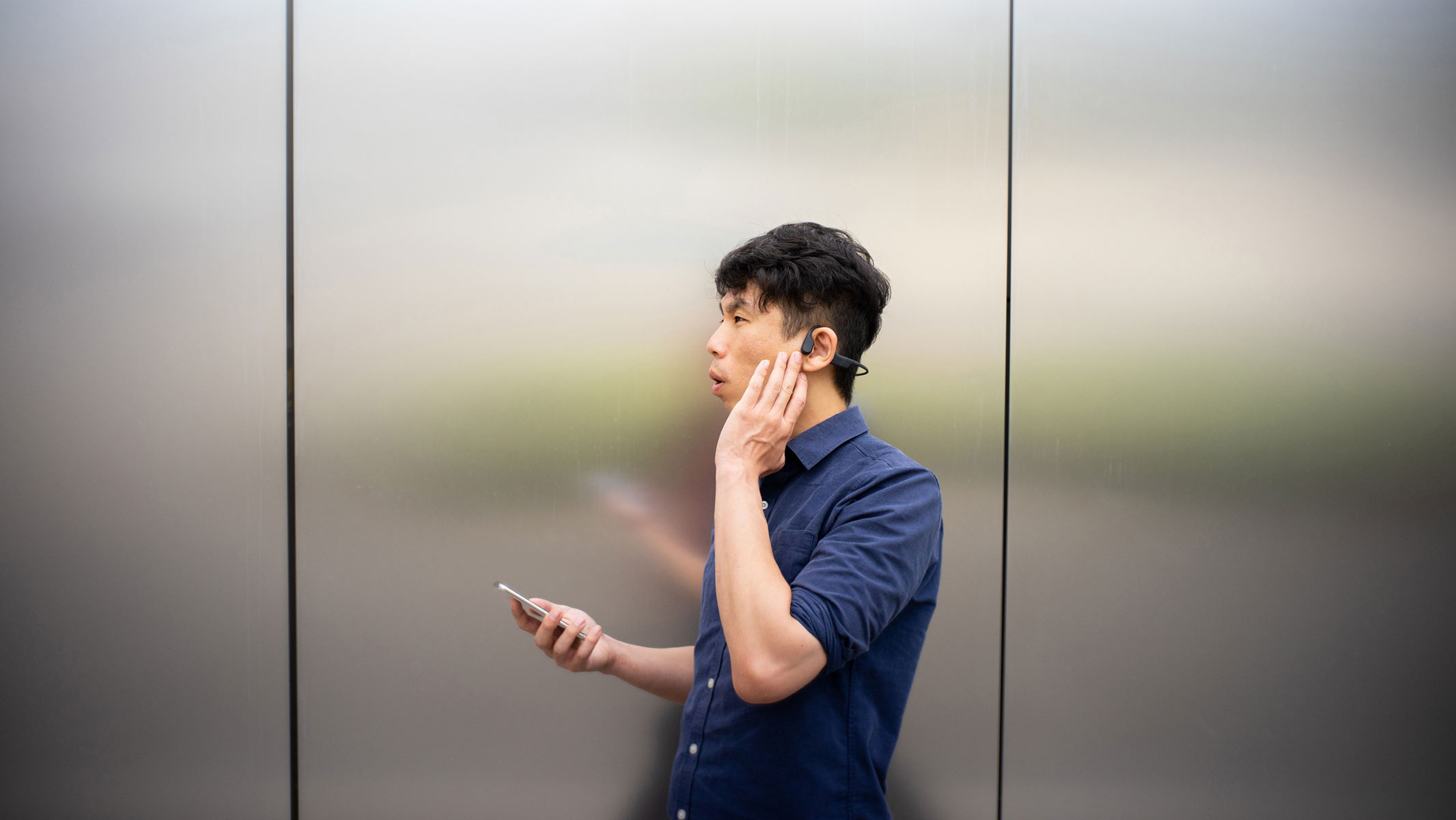
Your choice of bone conduction headphones should be dictated by how you intend to use them, our experts agree. There are plenty of different models on the market: some are designed to suit the needs of professional runners and swimmers, others have a more general appeal, and certain models are used primarily as hearing aids. Think about the most important specifications for your needs and preferences, then let them guide your choice. "For example, if you are a runner or cyclist, prioritize lightweight, open-ear models; for office calls, look for built-in mic quality," Raghavendra said.
Once you decide what type of headphones you are looking for, consider factors such as sound quality, fit, battery life, cost and durability.
Sound quality. Premium models, such as the Shokz OpenRun Pro 2, tend to offer richer and more bass-heavy sound than the more affordable bone conduction headphones, Parliament said.
Fit. Look for a snug but comfortable headband that does not shift during exercise.
Battery life. Long battery life can be particularly important for hikers and outdoor athletes.
Durability. "Established brands like Shokz (formerly Aftershokz) tend to have better tuning and durability," Raghavendra said.
How we tested these bone conduction headphones
How we test the best bone conduction headphones




As passionate music lovers, we know a thing or two about quality headphones. We must have tried dozens, if not hundeds of different headphones throughout our lifetime, always looking for the best possible user experience. You can put trust in our judgements — we would not recommend anything we would not happily use ourselves.
That said, we are aware that bone conduction headphones (or any type of headphones, by that matter) are difficult to test objectively. Different individuals have different ear shapes, hearing sensitivities and ideas as to what constitutes good quality sound. We tried our best to judge all headphones in this guide in an objective and balanced manner, which is why we assessed every product in this guide according to the same three criteria:
Design. We check the weight, fit and durability of the headphones. We assess how customizable they are (for example, how many sizes and colors they come in) and whether they are waterproof, dustproof and, if possible, comfortable to wear. We also note if they came with any useful accessories, such as a carrying case.
Features: We gave our verdict on the functionality of the headphones. We check their volume range, sound customization (if applicable) and connected apps (if applicable).
Performance: We assess the connectivity, battery life and sound-related specifications of the headphones in question. Whenever possible, we share our thoughts on the sound quality and general user experience, and always note any issues or problems that arose during the testing process.
Finally, we weigh these factors against the price of the product, and give a final score out of five.
Get the world’s most fascinating discoveries delivered straight to your inbox.

Anna Gora is a health writer at Live Science, having previously worked across Coach, Fit&Well, T3, TechRadar and Tom's Guide. She is a certified personal trainer, nutritionist and health coach with nearly 10 years of professional experience. Anna holds a Bachelor's degree in Nutrition from the Warsaw University of Life Sciences, a Master’s degree in Nutrition, Physical Activity & Public Health from the University of Bristol, as well as various health coaching certificates. She is passionate about empowering people to live a healthy lifestyle and promoting the benefits of a plant-based diet.
